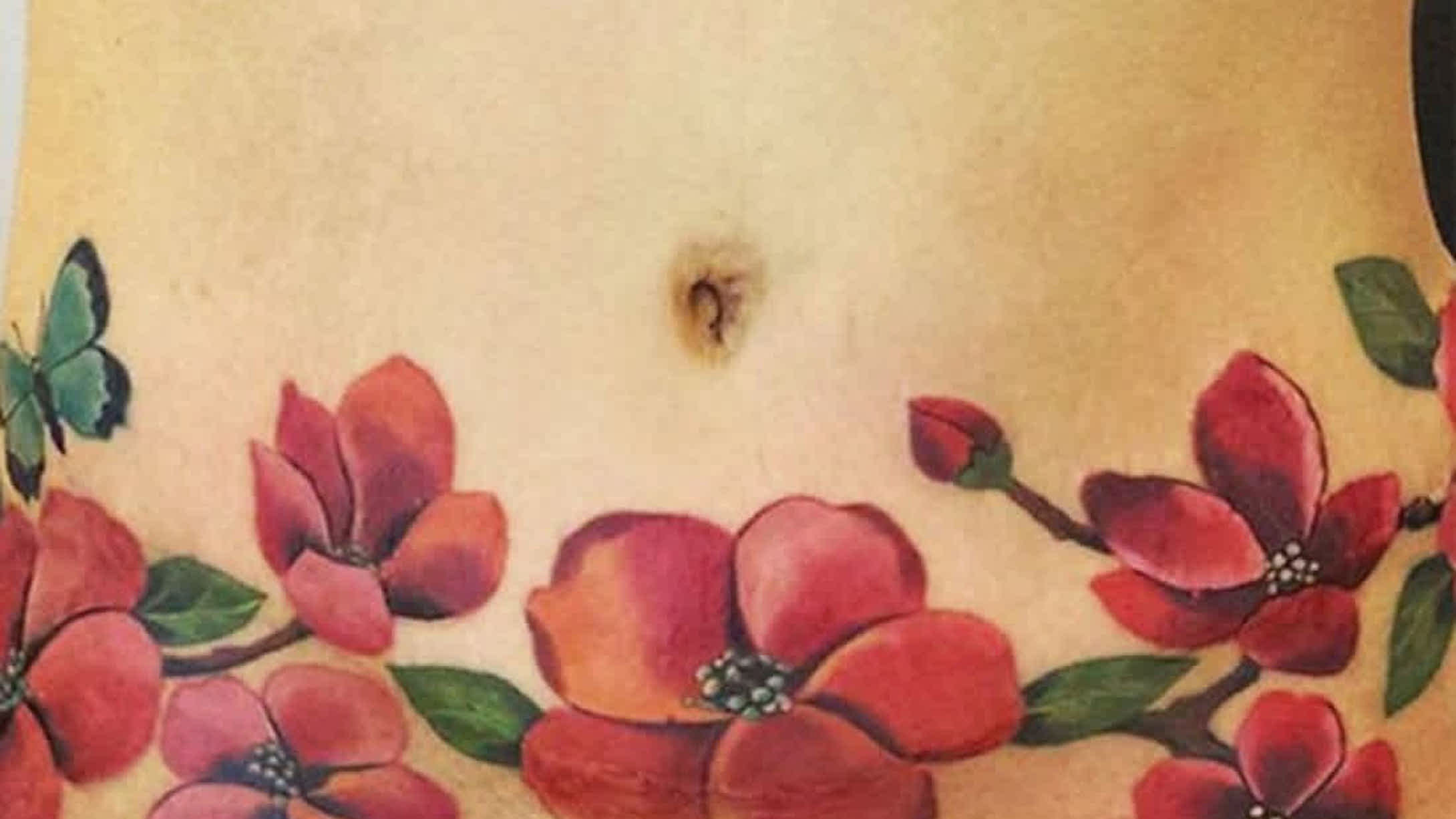
Many people get tattoos to commemorate big life events, and what could possibly be a bigger life event than bringing a life into the world? That is why it is not surprising that many moms who give birth via C-section are choosing to decorate their incision scars with beautiful body art. For some the C-section tattoos are simply a way to express their pride and mark their journey.
More from MamásLatinas: Tattoos that show off Latina pride
For others who may be feeling a bit self-conscious because of the scar, it can be a great way to embrace the beauty of what that scar means and add even more beauty to the area. Keep scrolling to see some incredibly creative C-section tattoos. From a cool butterfly to an elaborate flower garland these tattoos are truly beautiful. They might inspire you to get one, too.
What is a cesarean section?
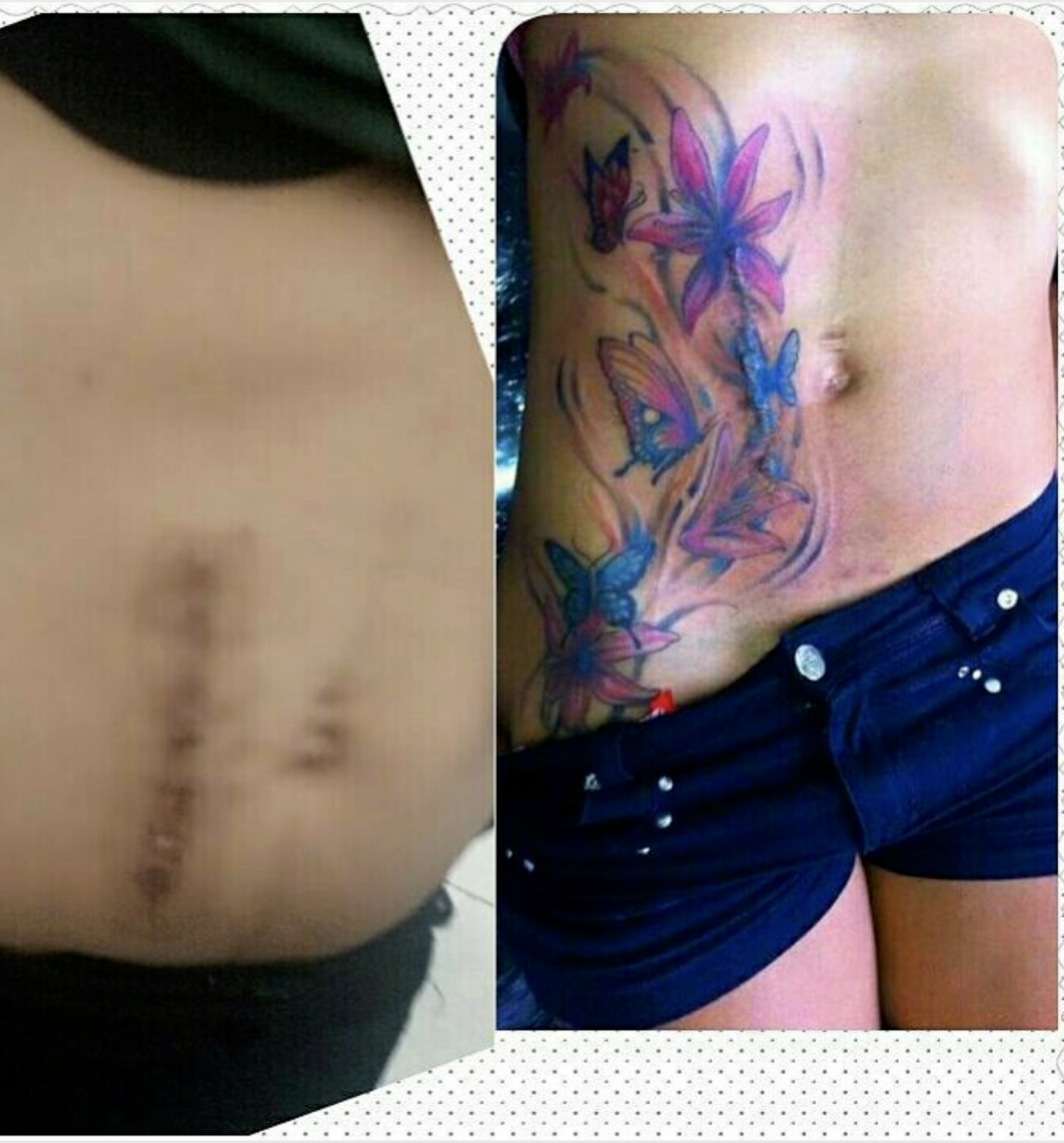
It would be easy to assume that we all know what a C-section refers to, but let's go ahead and clearly define it. A cesarean section is the name given to the medical procedure where a baby is removed from the womb surgically via a cut in the mother's abdomen.
Where did the name come?
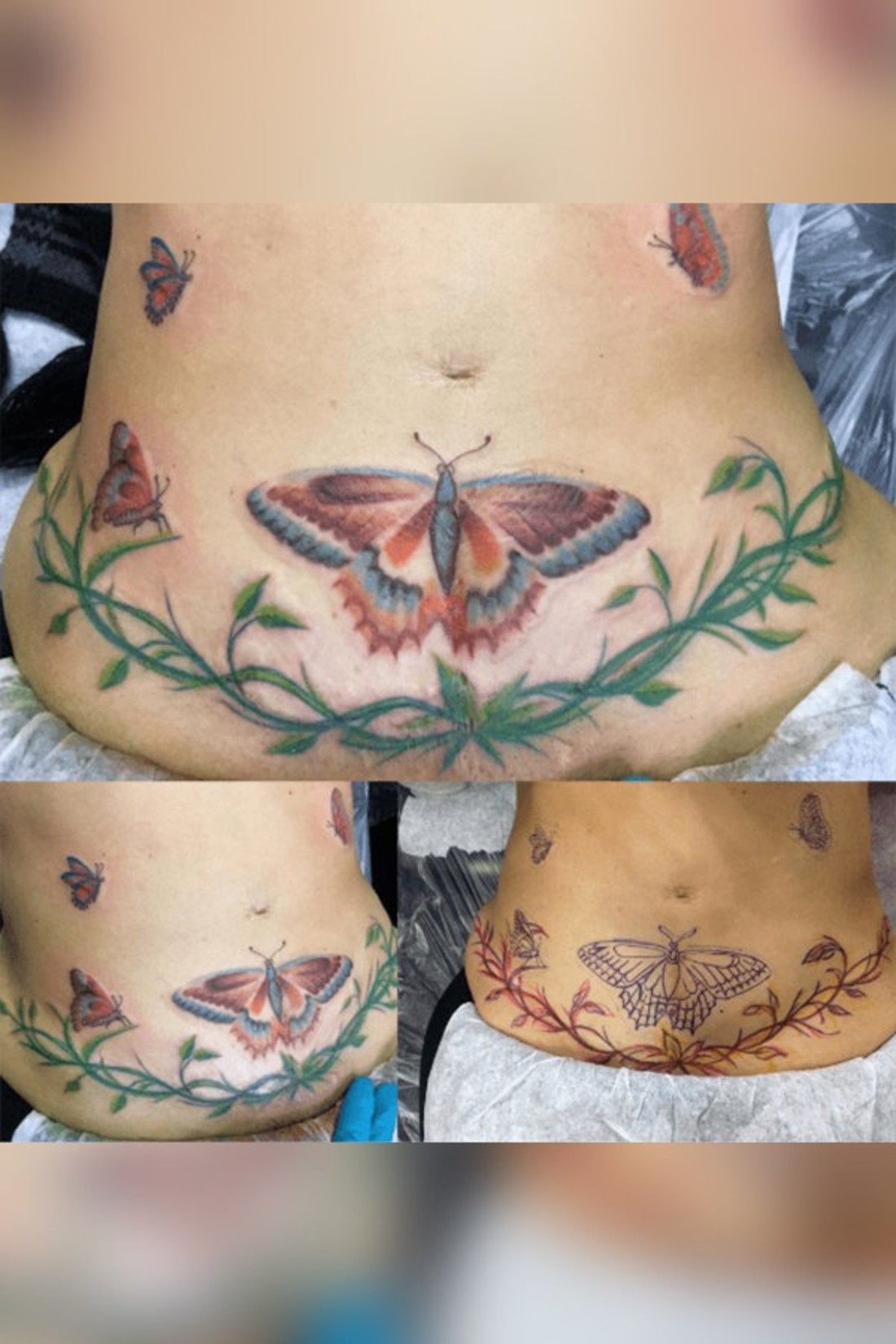
Legend has it that the Roman general Julius Caesar was born via C-section and that's why the procedure is called a cesarean section. Julius Caesar is said to have been born in July in 100 BC.
But legends are not always accurate.
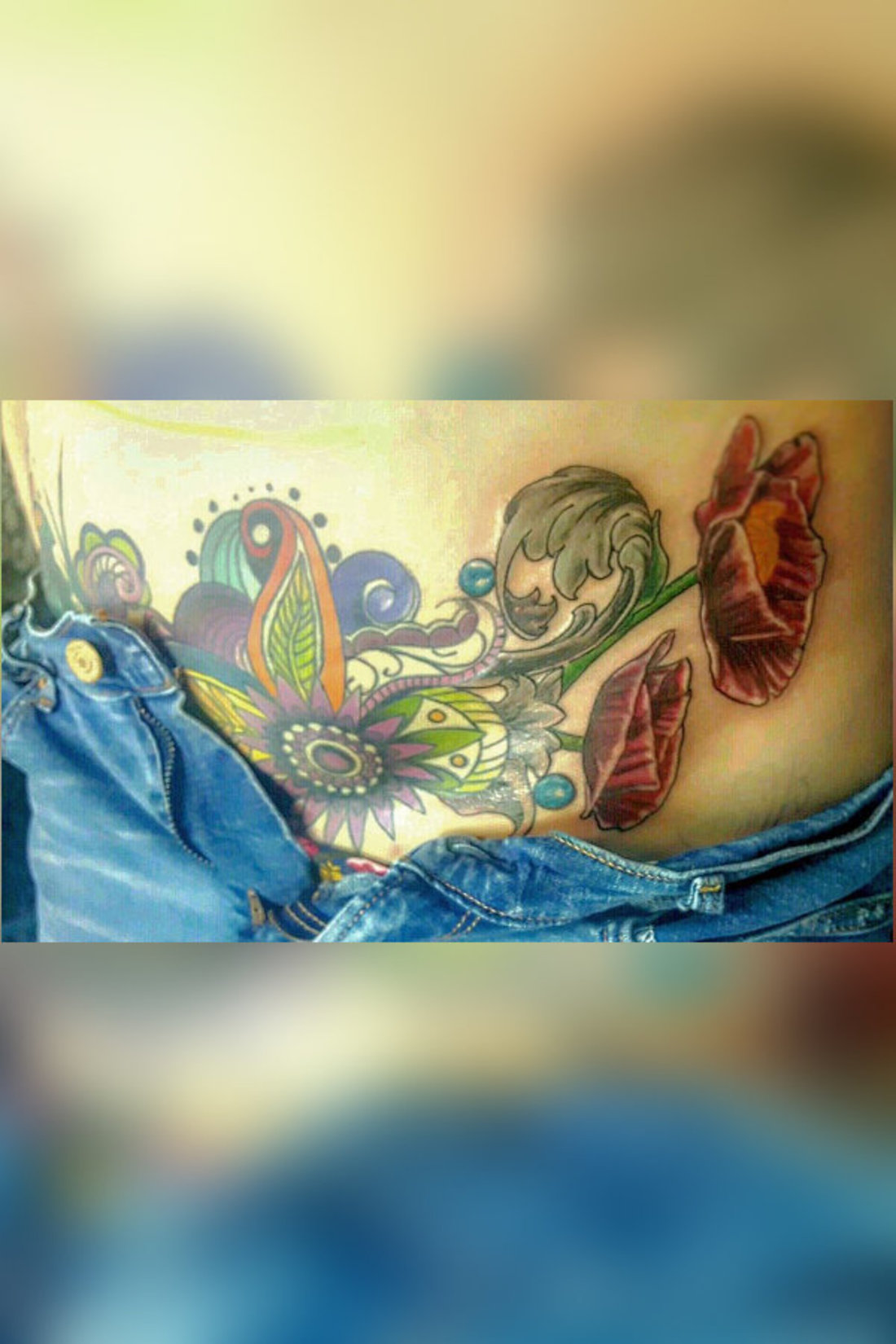
Even though for centuries it was said that Julius Caesar was born via C-section, he probably wasn't. This theory has long been contested, but you know how some family legends just stick regardless of whether they are true or not.
Caesar got the credit, but the credit was not his.
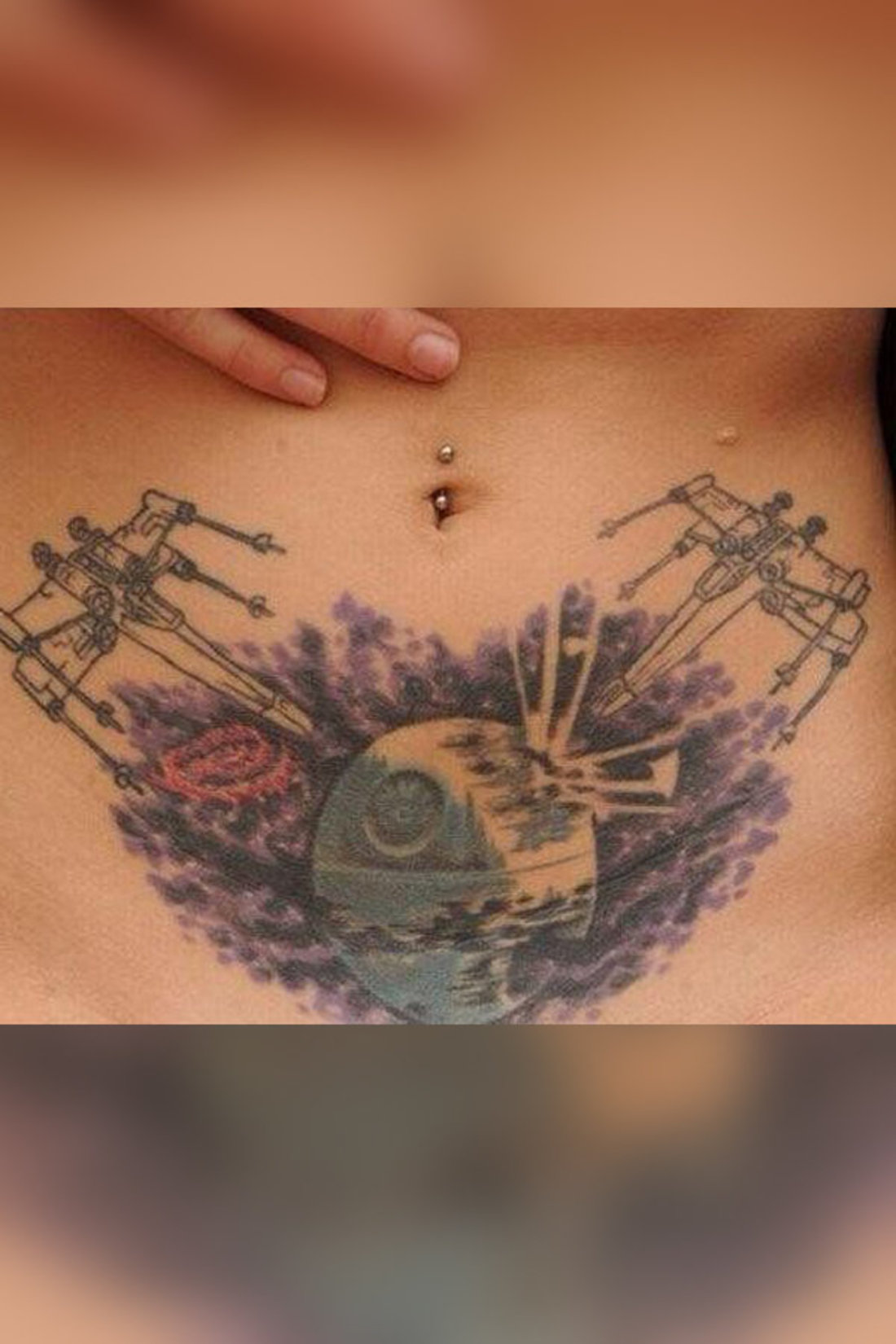
It's highly unlikely that Julius Caesar was born via C-section because back then C-sections were only performed on mothers who had died or were dying, and therefore the mothers did not survive.
Caesar's mother survived childbirth.
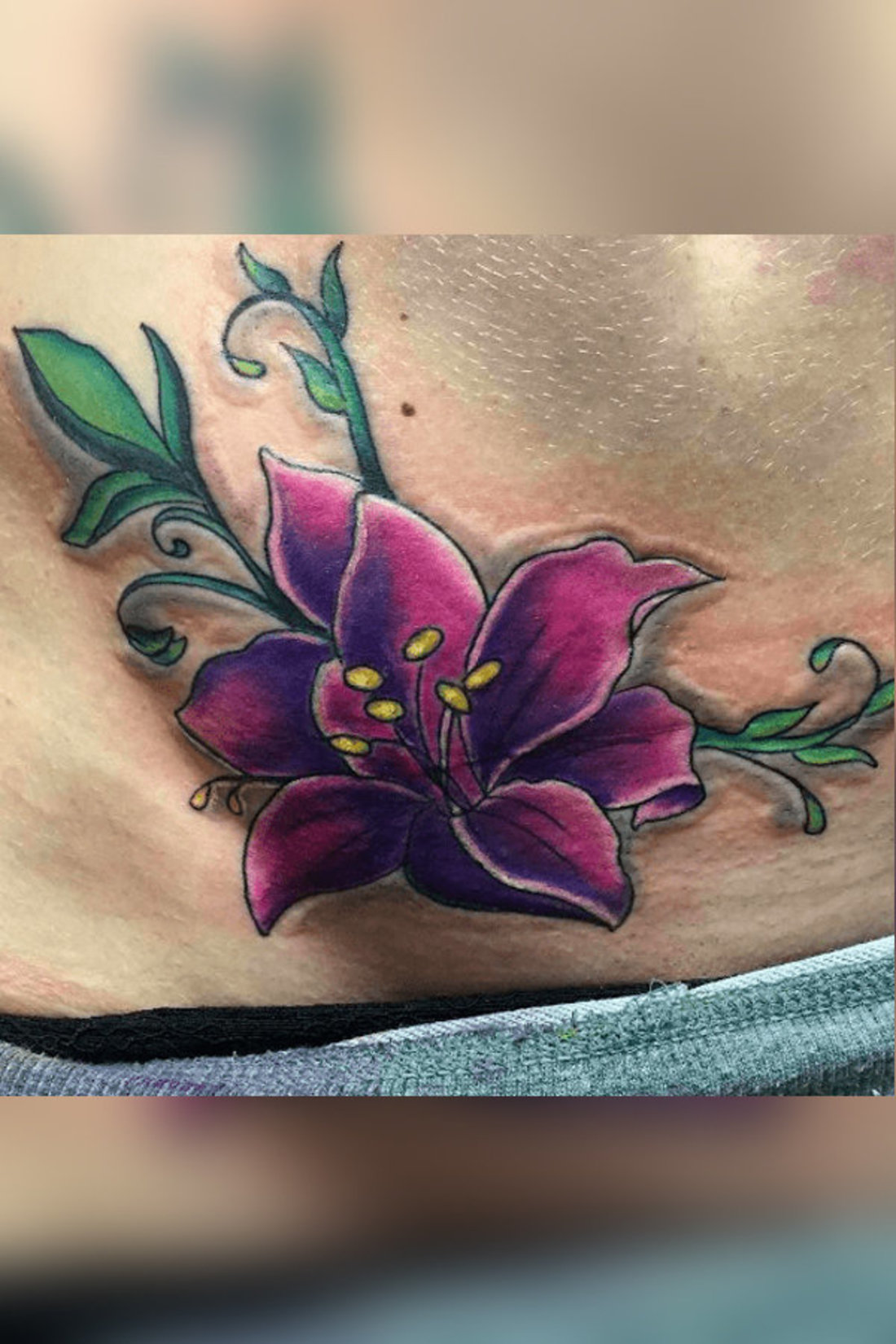
Since Caesar's mother, Aurelia, was reported to be alive when her son invaded Britain, it seems unlikely that she would have given birth via C-section. Also, if the story were true, they should have named the procedure after the mother in my opinion.
Pliny the Elder told a different story.
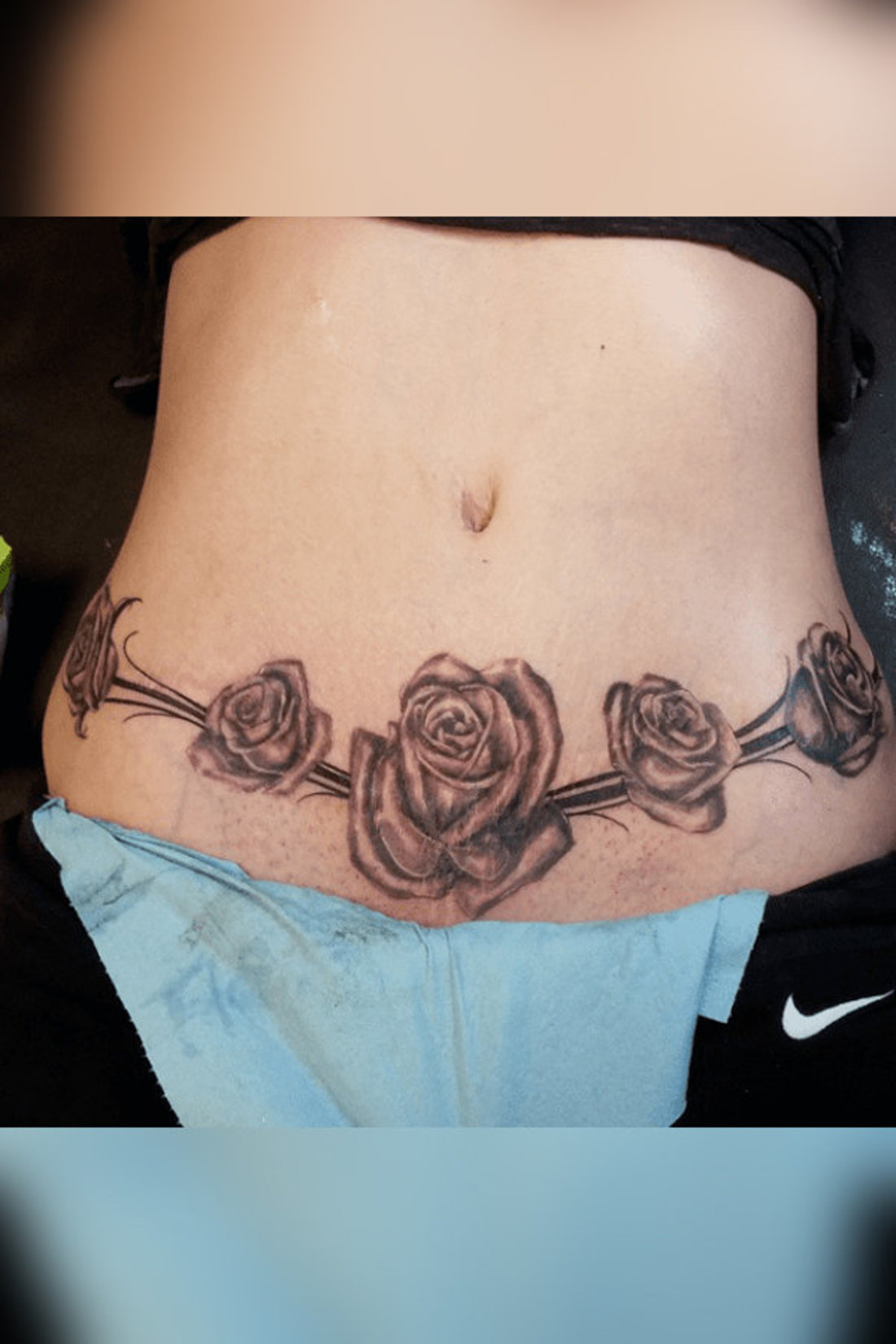
Pliny the Elder, a Roman author and all-around wise man, was under the impression that Julius Caesar had been named after a relative who had been delivered via C-section. Interesting.
So maybe Caesar was named after the procedure itself.
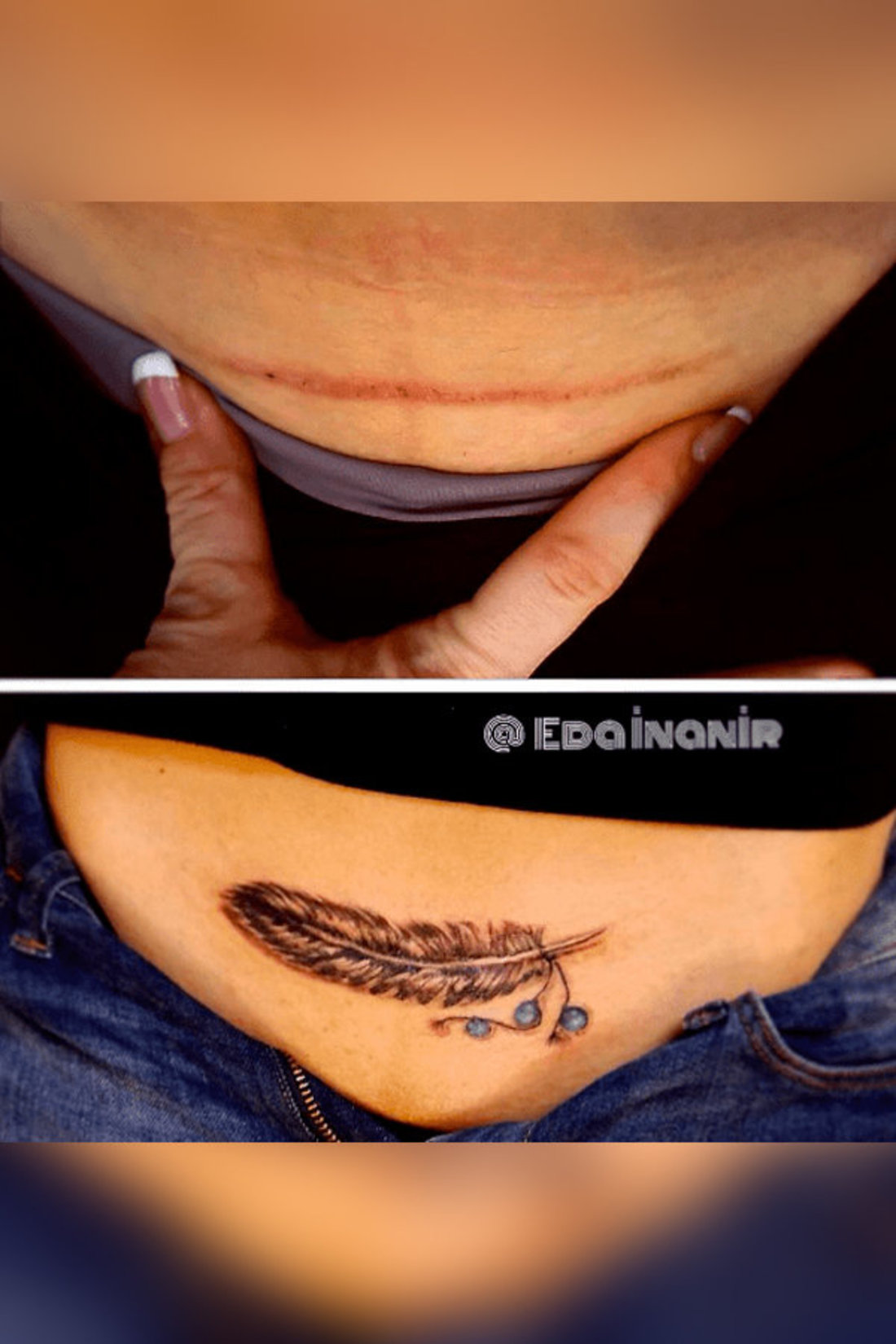
Caesar's name is derivative of the Latin word that caedere, which means "to cut." Maybe Caesar's parents just liked the word and named him after it because they liked the way it sounded.
Historically, the procedure was performed to save the baby.
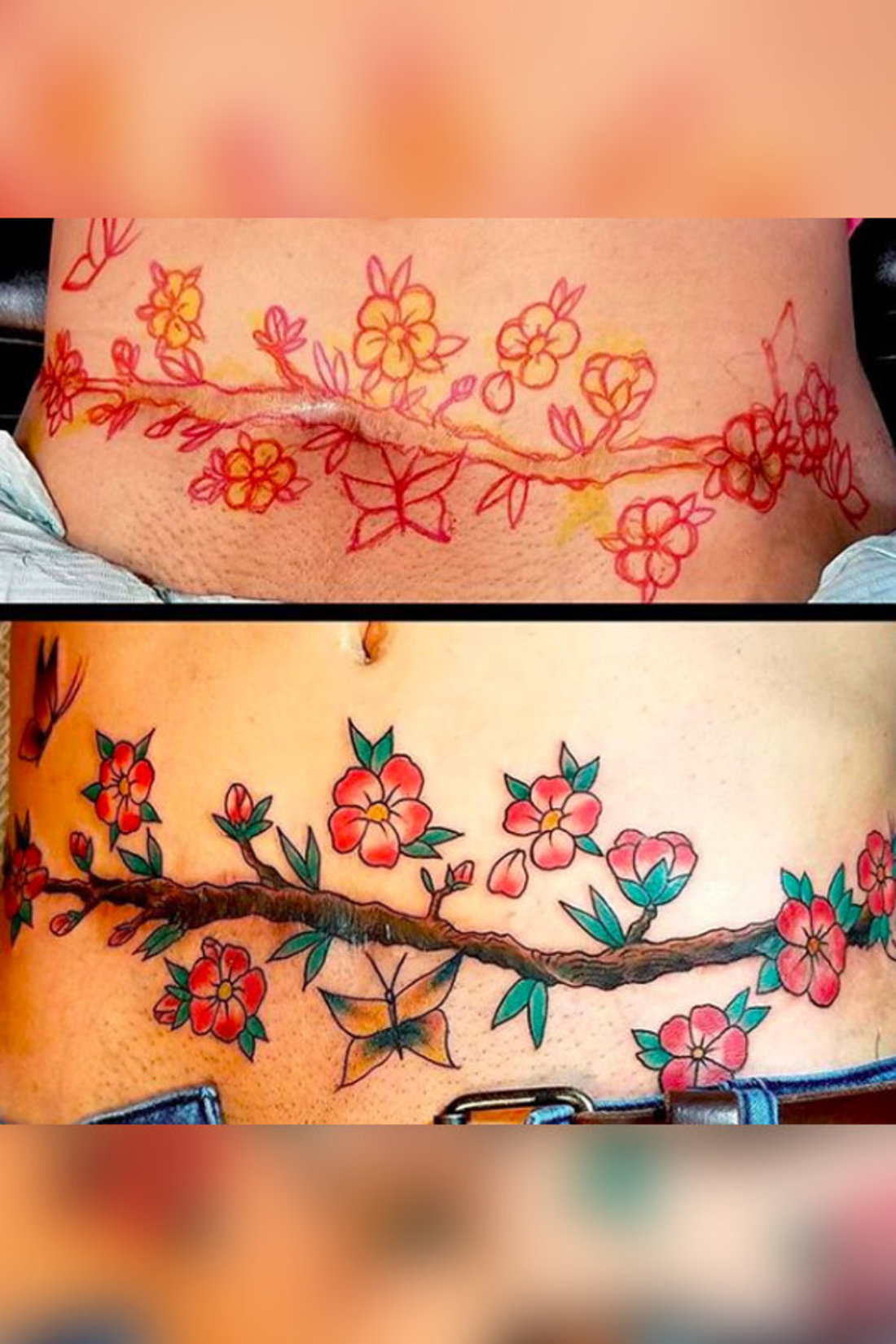
C-sections started off as a last resort kind of option because bleeding and infection made survival for the mother rare. Even though there are reports that in some cases much effort was put into saving the mother's life.
In the 1580s, a Swiss mother survived the procedure.
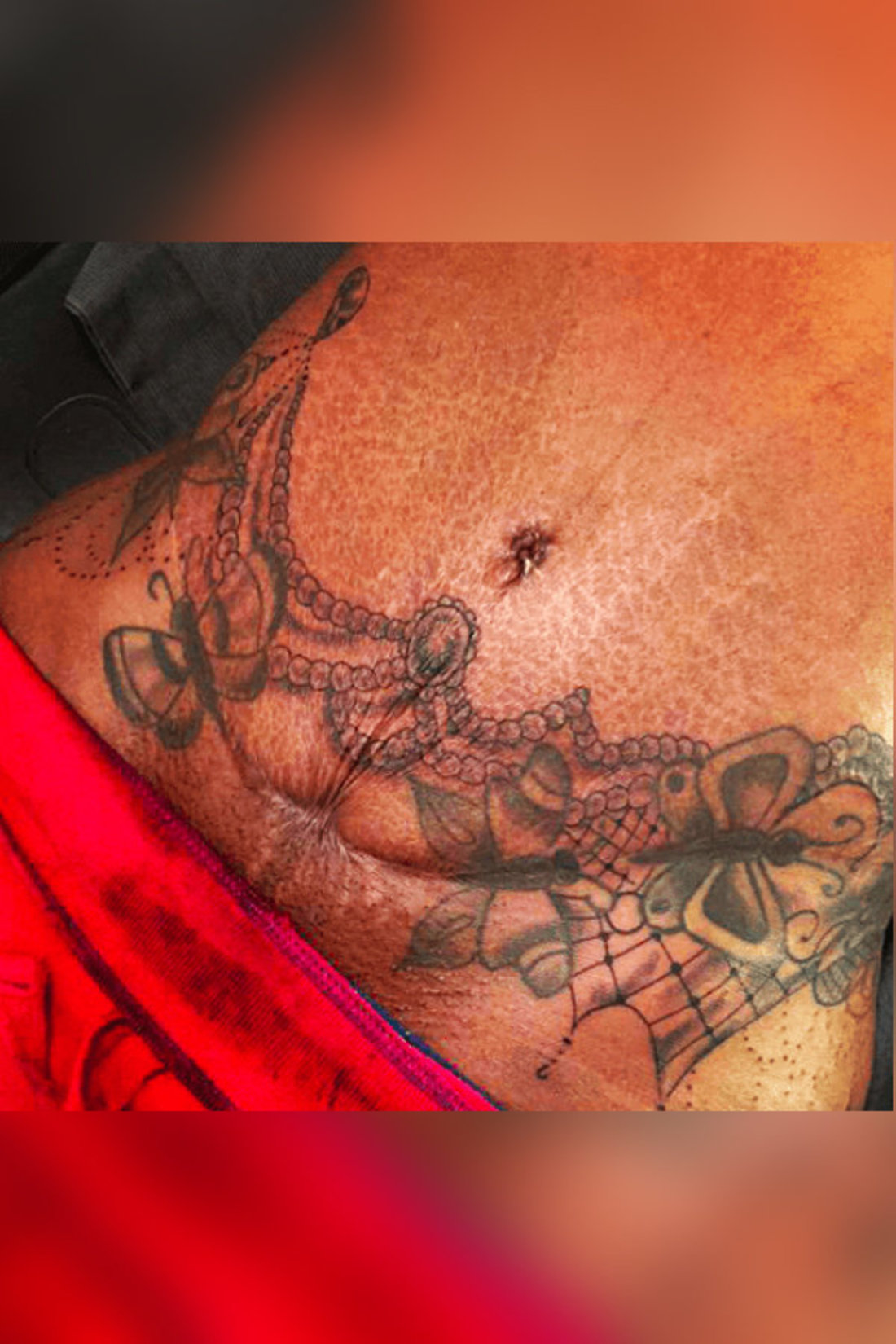
The first recorded instance of a mother surviving a C-section happened in the 1580s in Switzerland. How astounding is that if C-sections were truly being performed since the time of Julius Caesar’s birth in 100 BC?
That mother ended up having five more children.
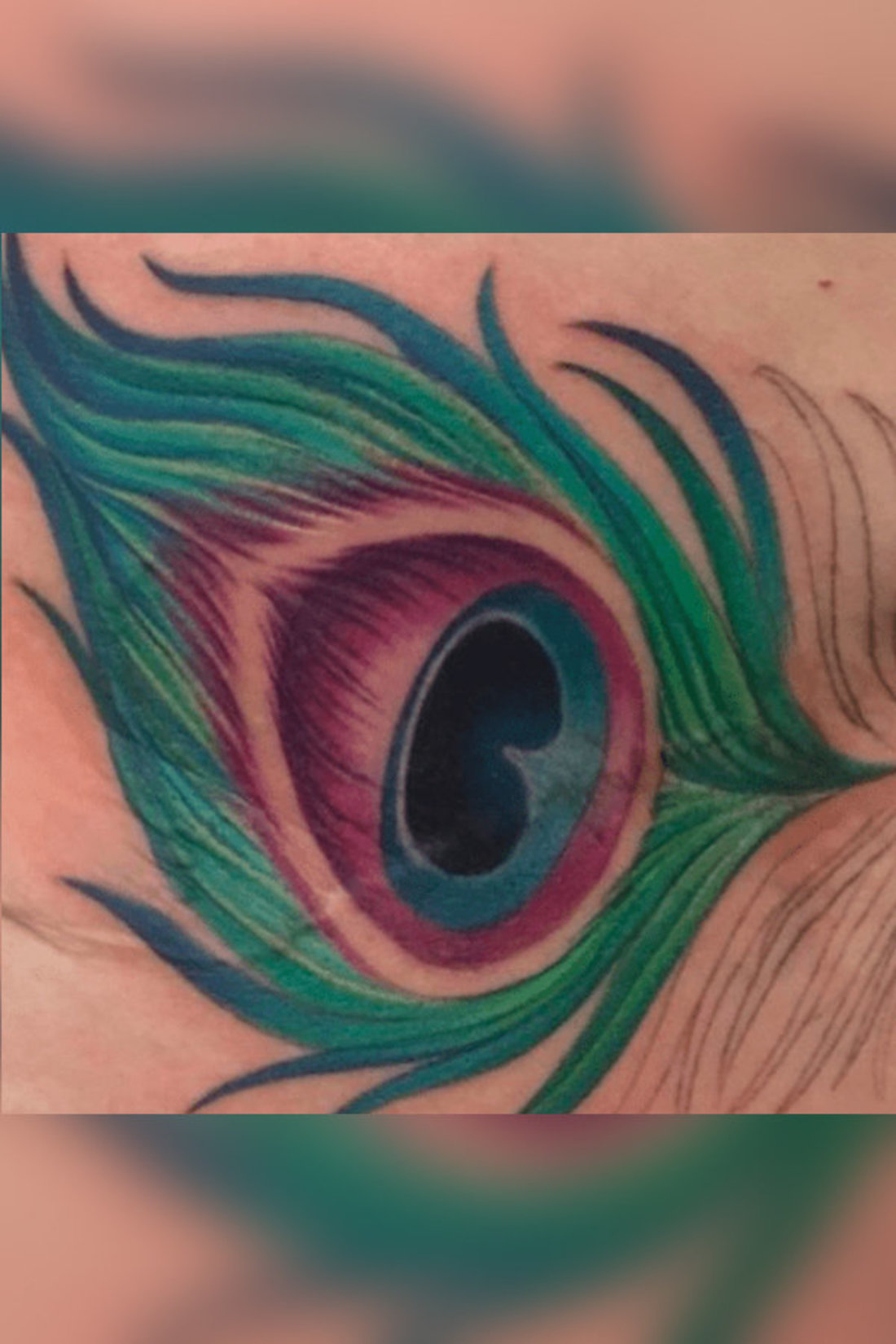
The woman's husband Jacob Nufer performed the operation on her. Not only did she survive the procedure, she recovered and ended up having five more babies vaginally. Kudos to that couple!
Initially, women weren't even given stitches.
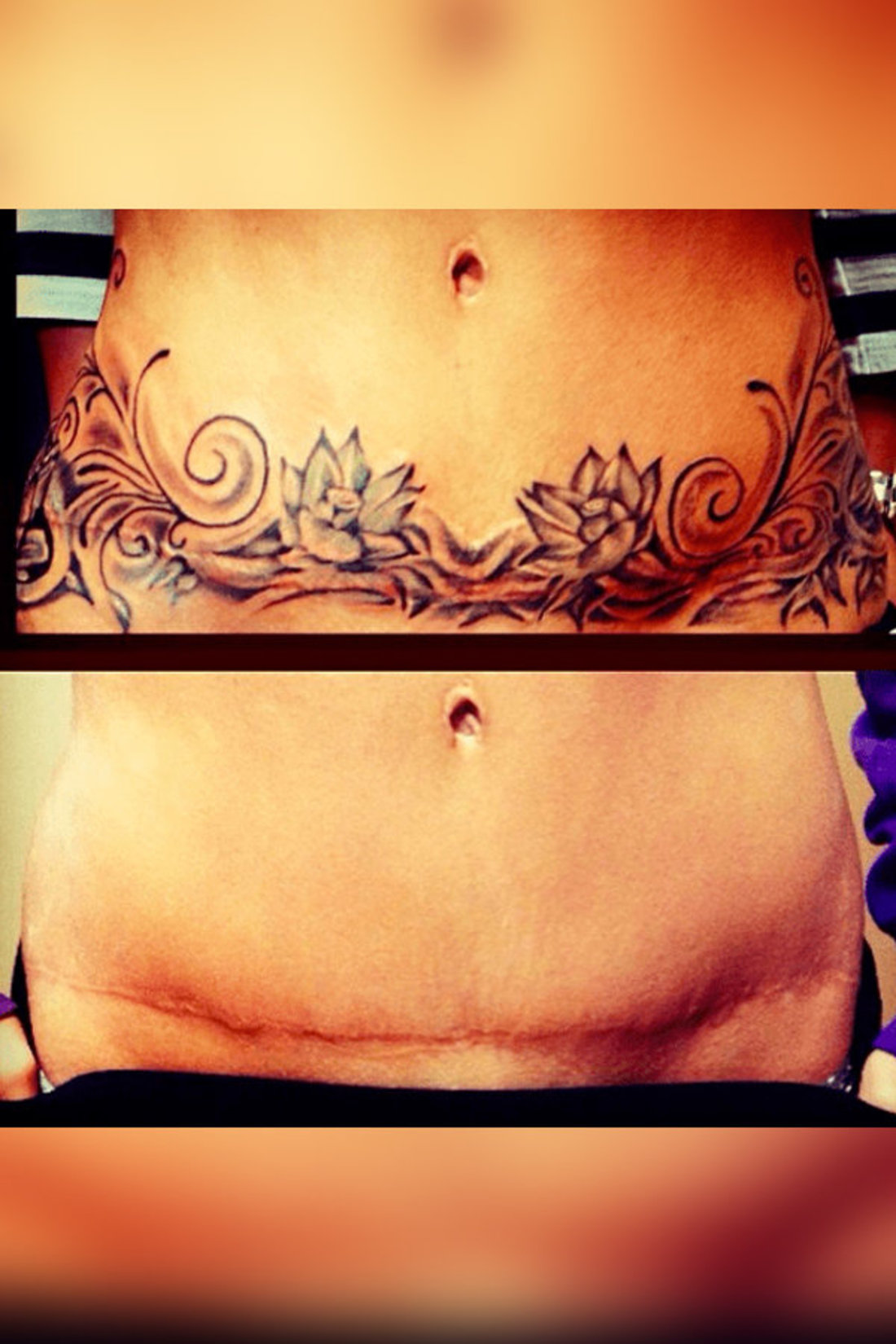
Believe it or not, up until the 1870s, women weren't even getting stitches to close up the incision after the procedure. Part of the reason for that was that surgeons at the time thought that stitches in the uterus might get infected because they couldn't be removed or that the uterus might burst if the woman were to get pregnant again.
Instead of stitches, a hysterectomy was suggested.
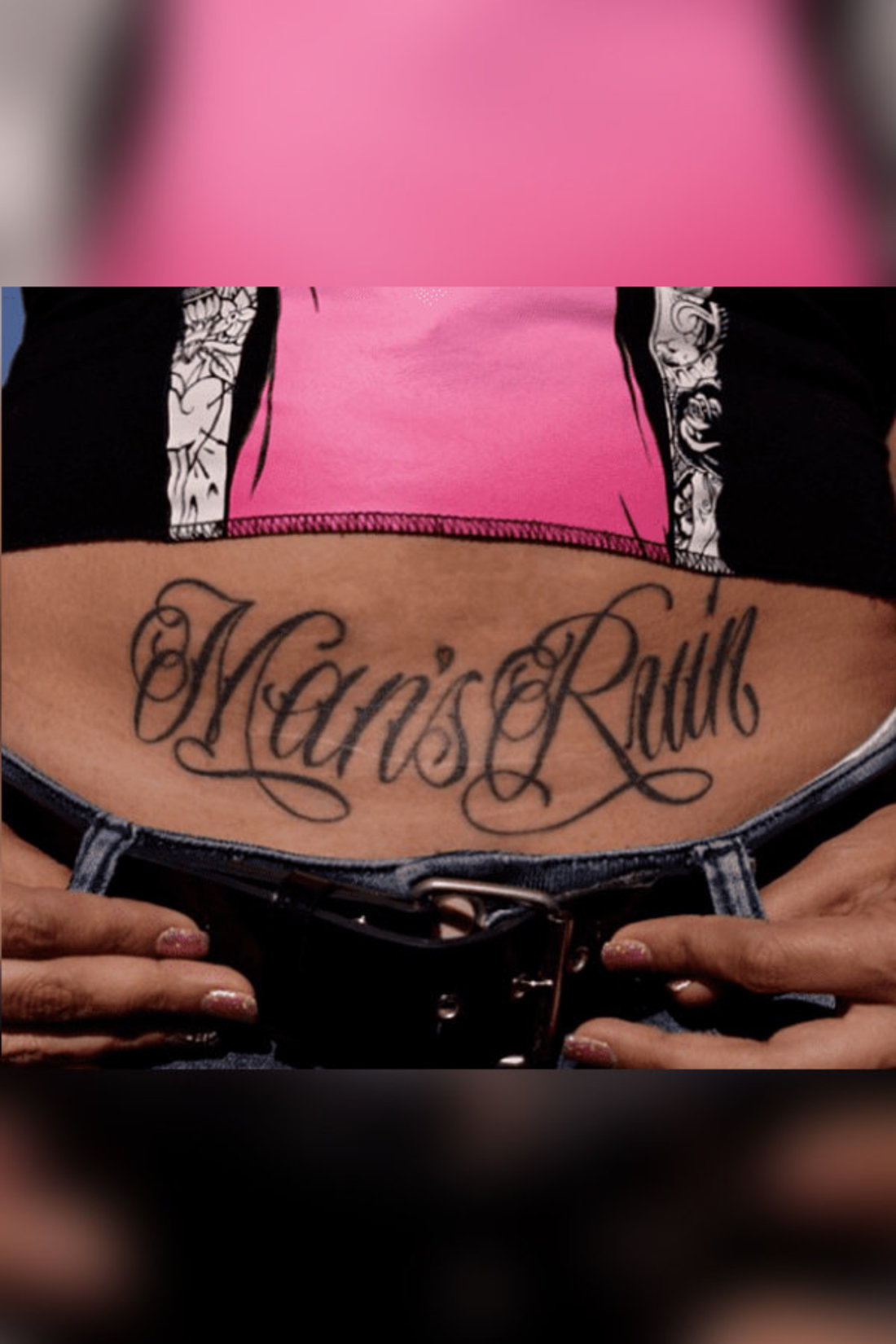
In 1876, Eduardo Porro, an Italian professor of obstetrics, recommended removing the uterus after a C-section to stop the bleeding and prevent infections. Although this seems extreme, it was likely a woman's best chance of survival at the time, given the lack of surgical knowledge and antibiotics.
Porro's advice was followed by some.
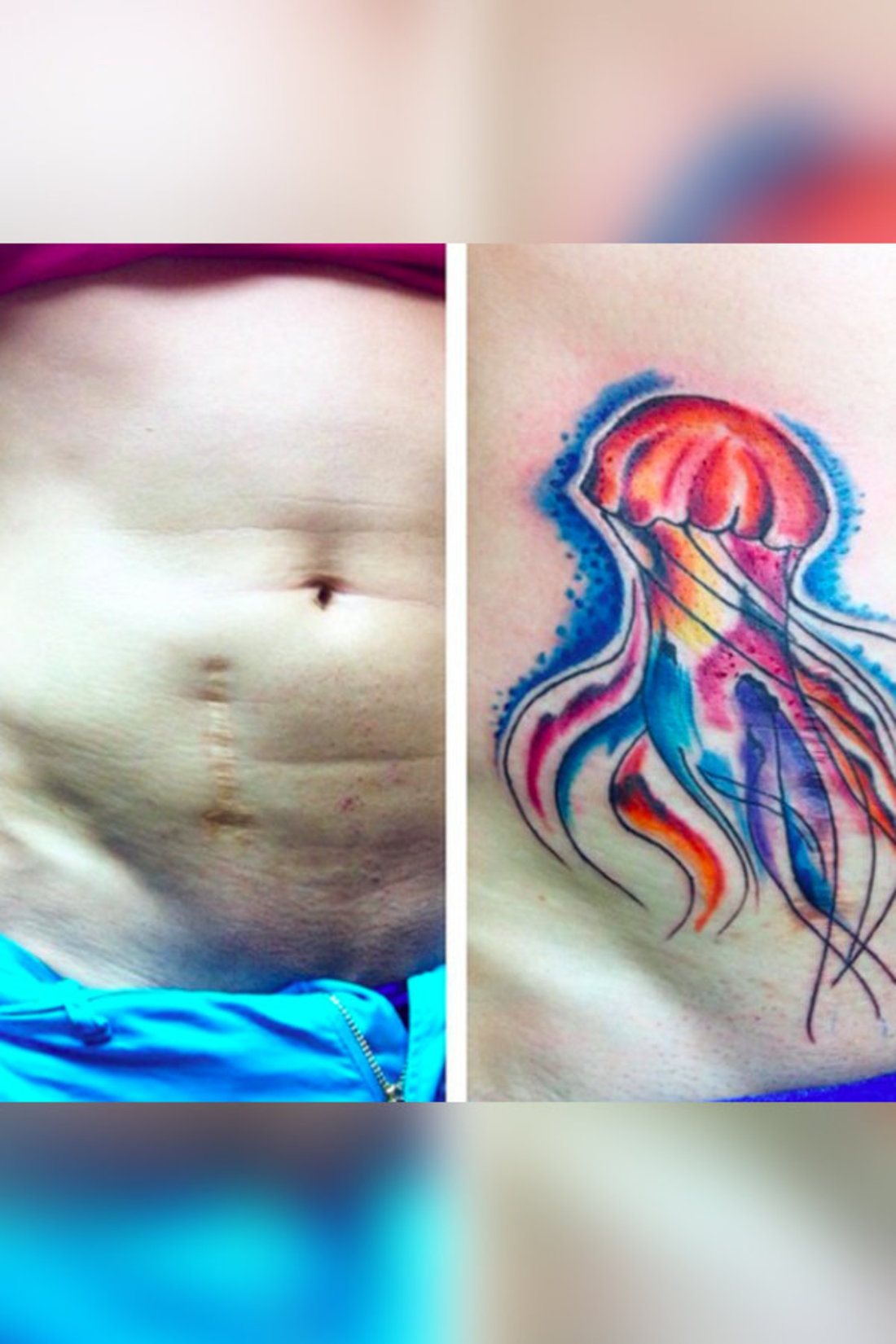
In 1881, the first cesarean hysterectomy was performed in the United States. It wouldn't be long after that this procedure would be replaced by the use of sutures, thanks to the work of other medical professionals.
Thank goodness for medical advances.
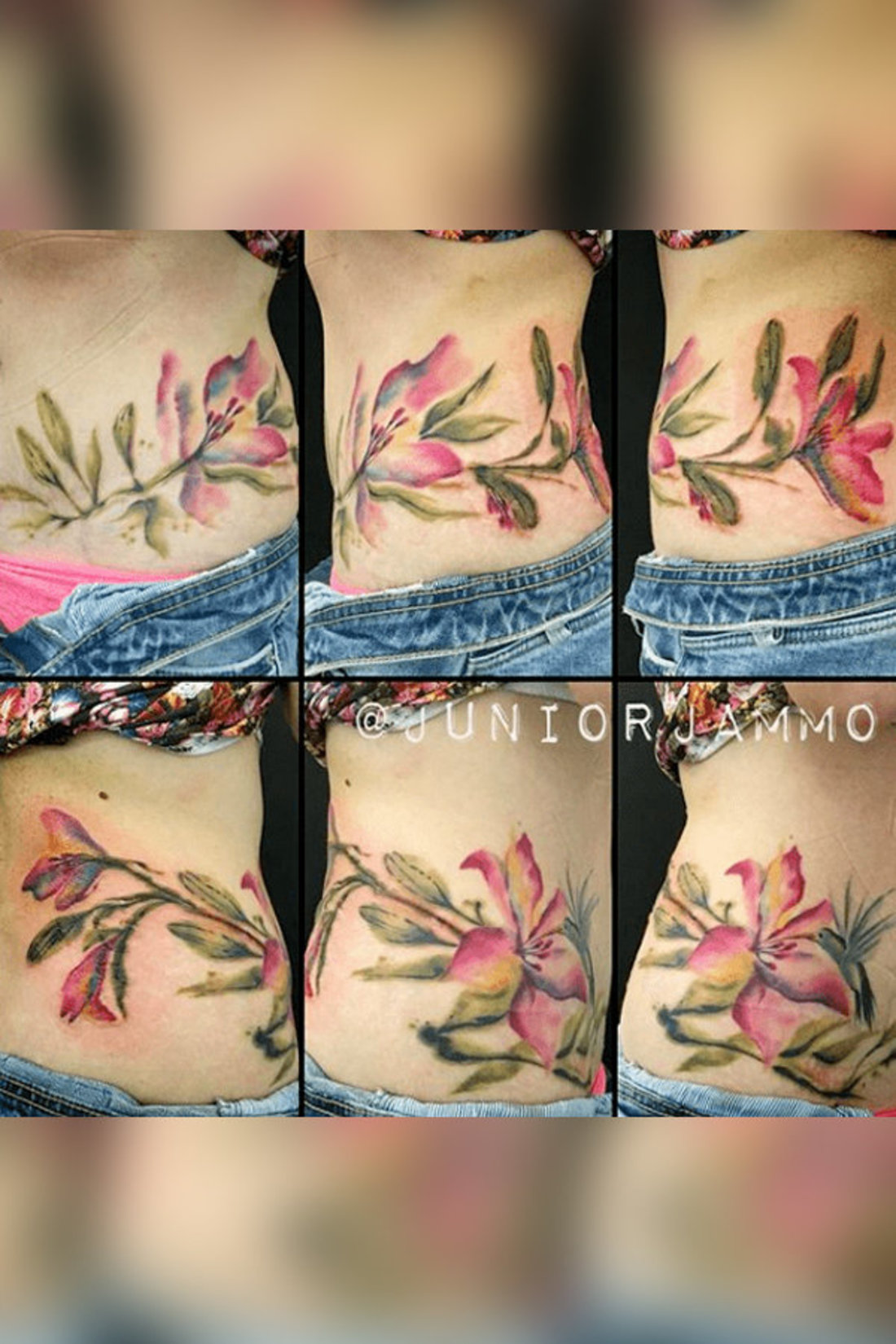
Thankfully, shortly after, two German doctors each came up with their own methods to stop uterine bleeding by using sutures to close the wound. This made the procedure safer for the mothers.
Silver wire was used for the sutures.
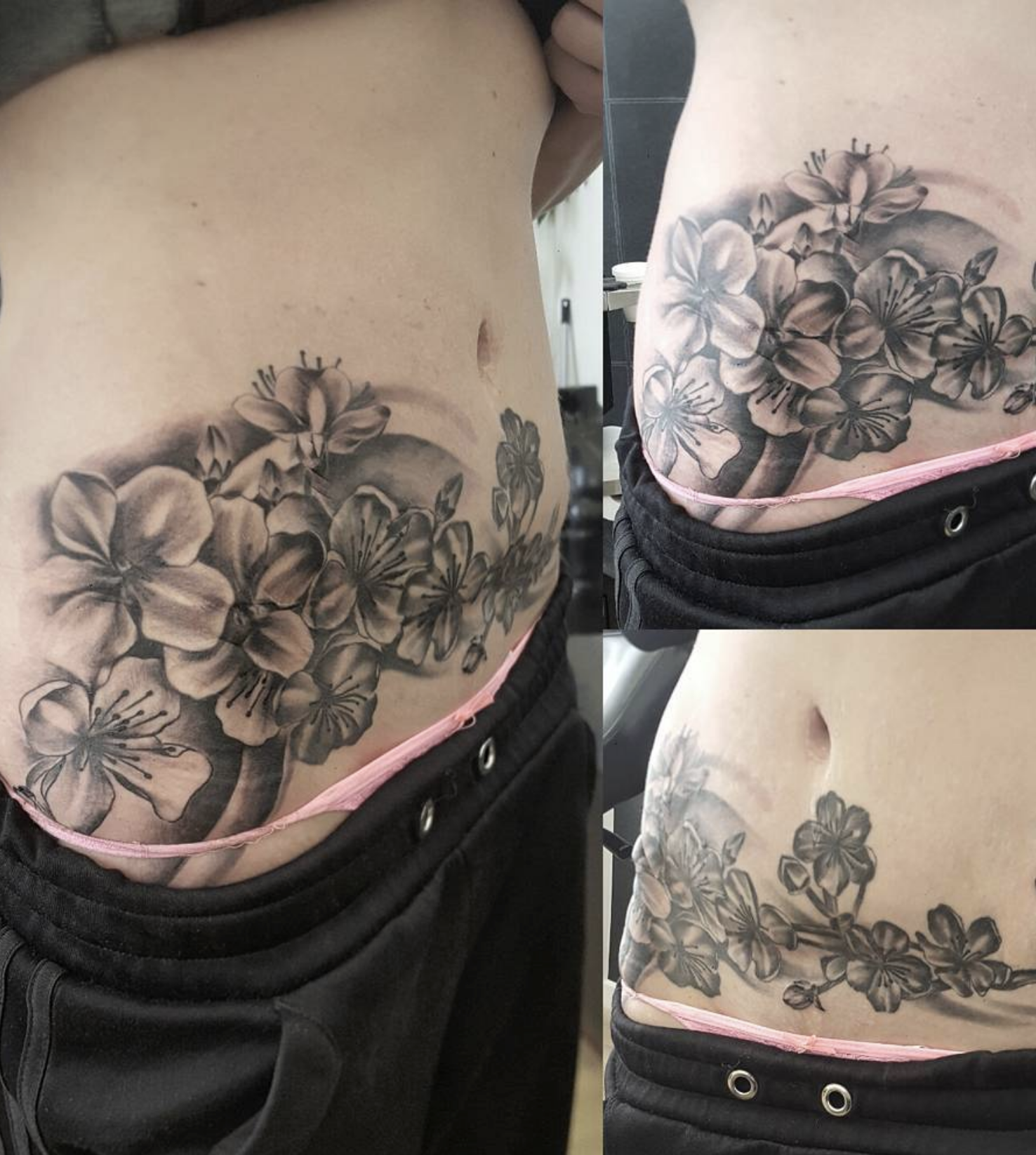
Both German doctors used silver wire that was introduced in the United States for post C-section suturing. The sutures were invented by 19th century gynecologist J. Marion Sims specifically to treat vaginal tears from childbirth.
The classical vertical incision was used more than the horizontal incision.
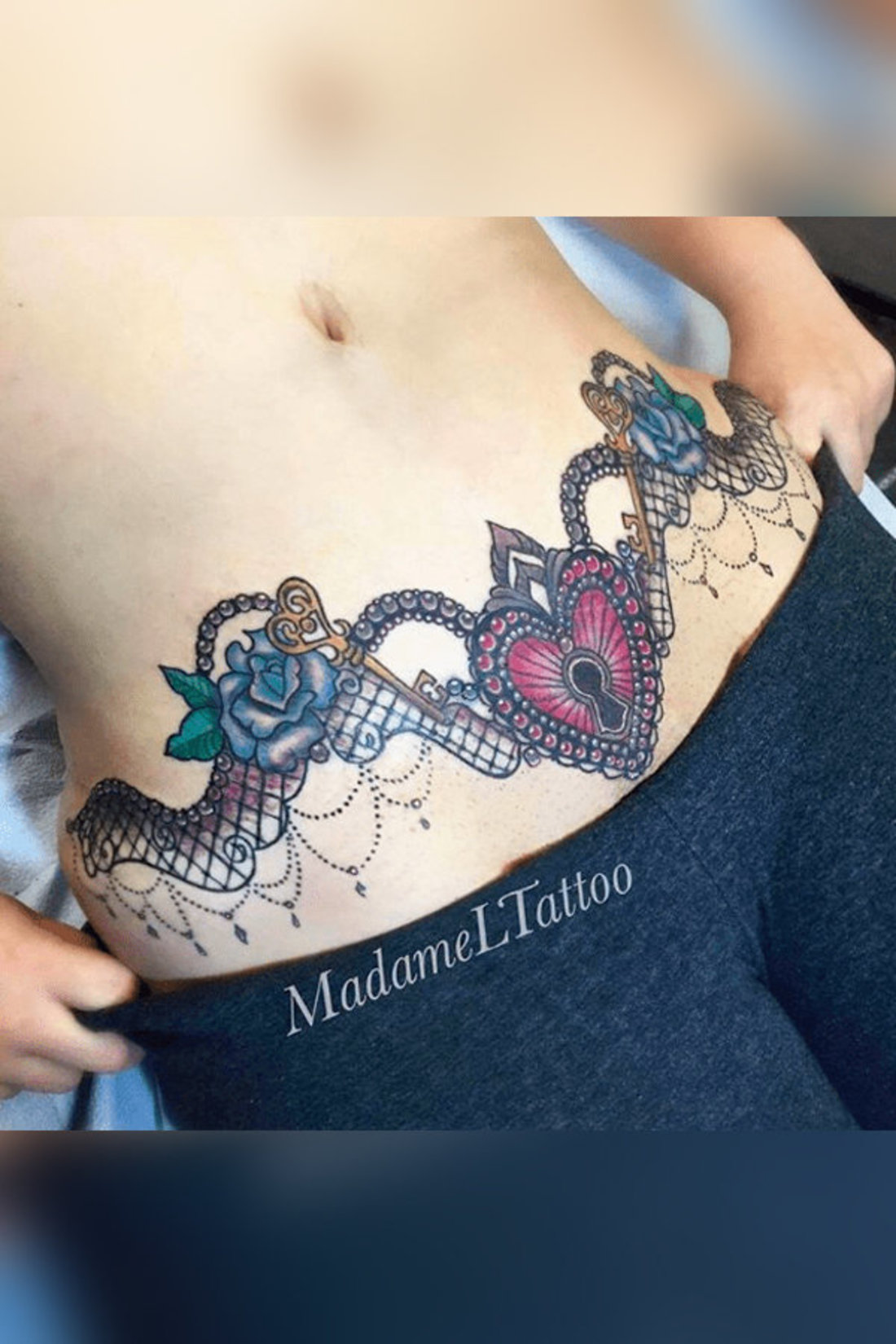
One of the German doctors, Max Sänger, performed the surgeries using what is called a "classical" vertical incision. The other doctor, Adolf Kehrer, was a proponent of a low horizontal incision.
The horizontal incision is still used today.

According to Kehrer a low horizontal incision was better for recovery and lowered the chances of death. The horizontal incision method became more common at the beginning of the 20th century and is still practiced today.
Sterilized implements, hand-washing, and antibiotics made things even better.
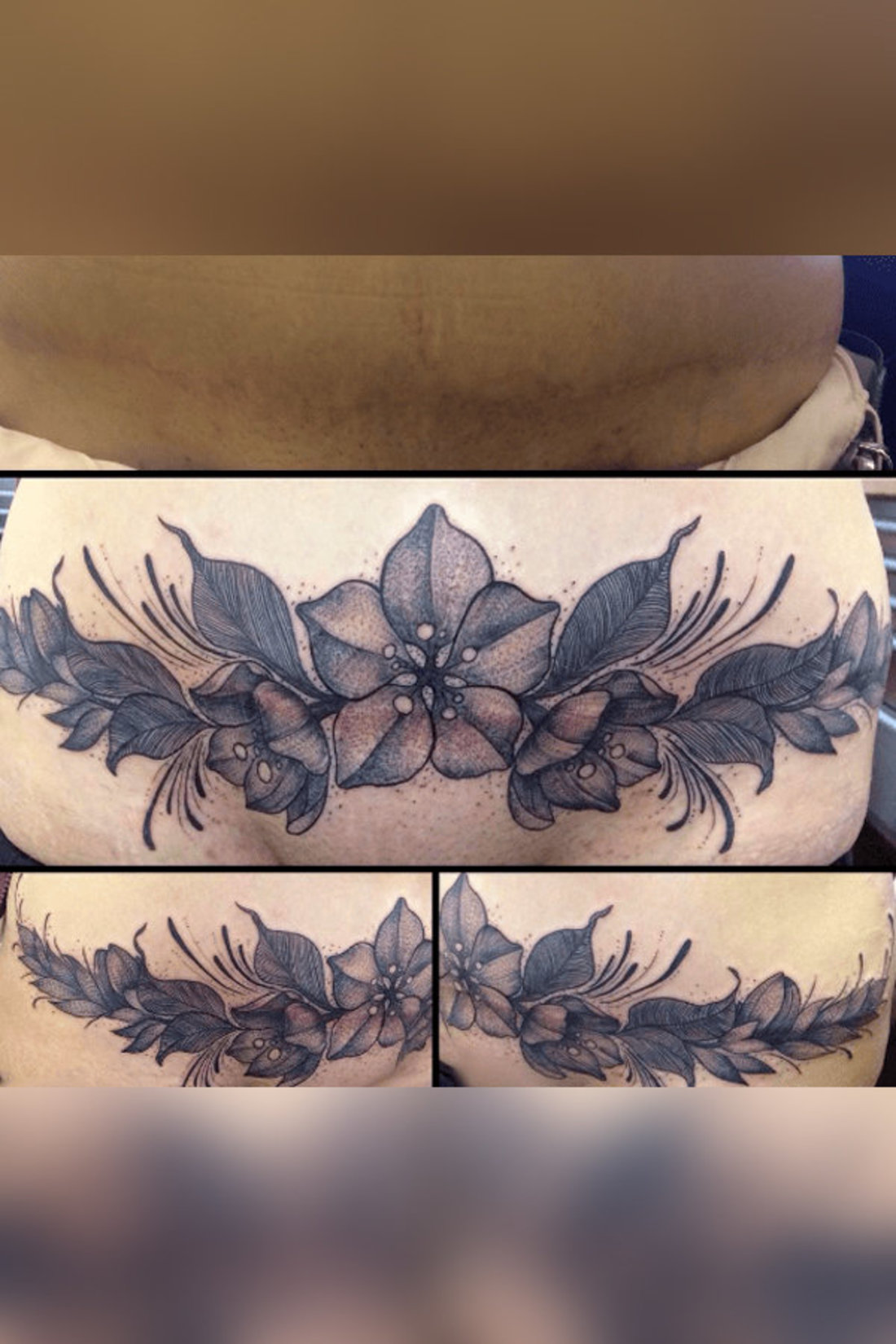
As you can imagine, with cleanliness, the rates of survival and the rates of infection following C-sections vastly improved. Up until the middle of the 18th century, before germ theory was even a thing, doctors used to wear their street clothes to operate and didn't even necessarily wash their hands between patients.
Horizontal and vertical incision methods are still practiced.
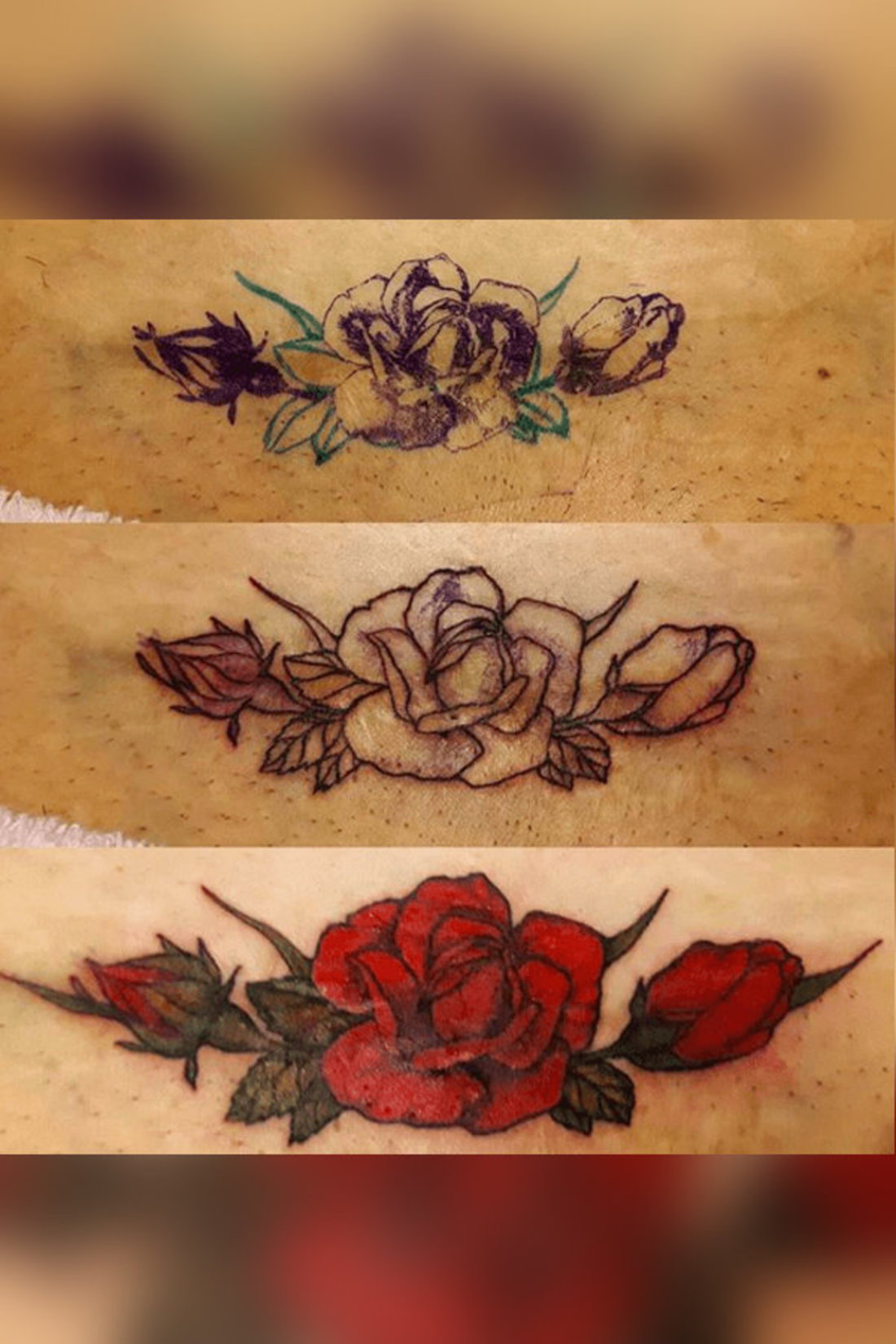
Nowadays, for the most part, the horizontal incision method is practiced, but if for any reason that is not possible, a vertical incision is used. According to the National Library of Medicine, "A vertical incision on the uterus causes less bleeding and better access to the fetus, but renders the mother unable to attempt a vaginal delivery (must have another repeat C-section) in the future."
C-sections are still a big deal.
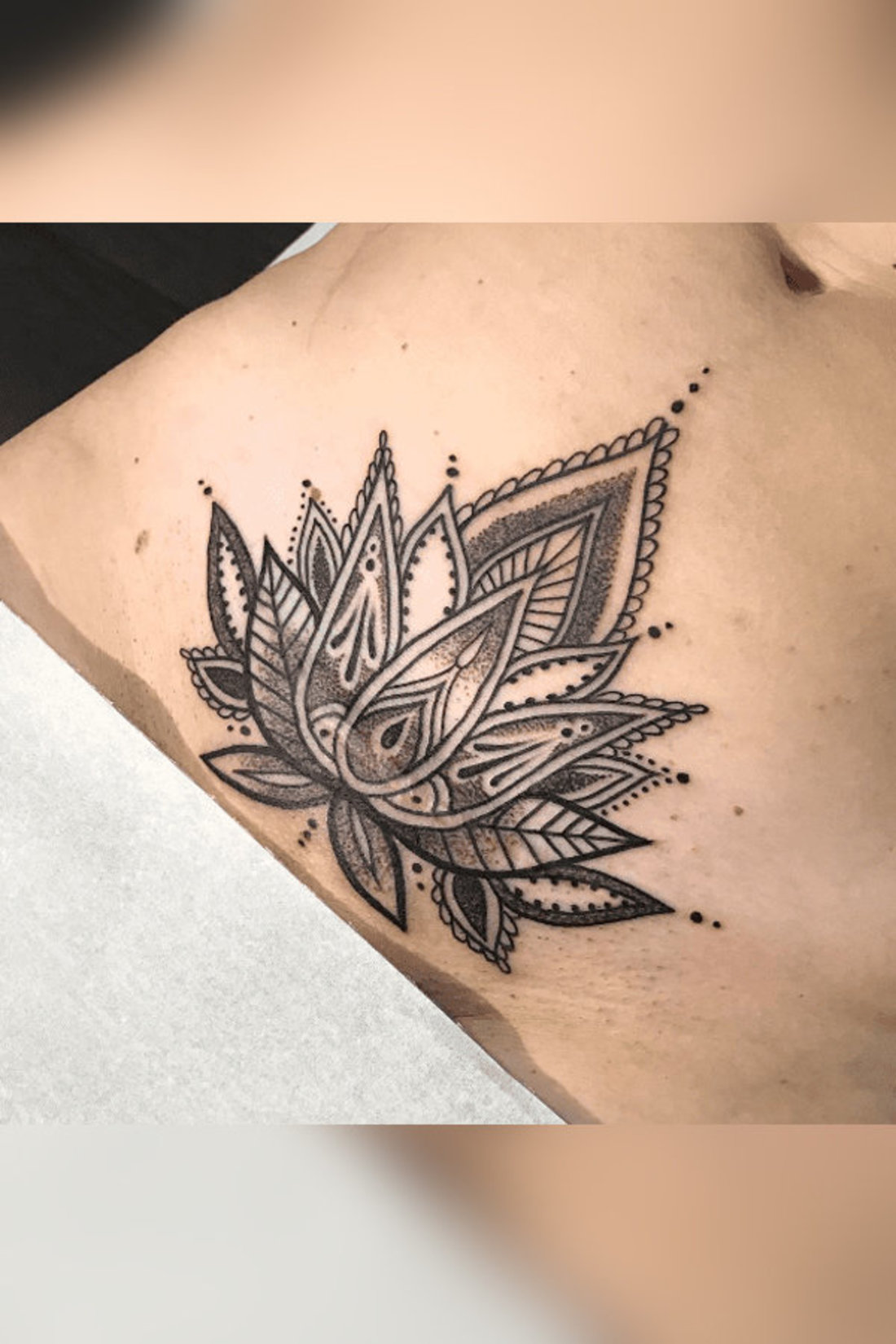
Even with all the medical improvements, we can all agree that a C-section is still a major surgery. It's not like having your abdomen cut open is an everyday thing that you can just get over quickly.
Recovery can be painful.
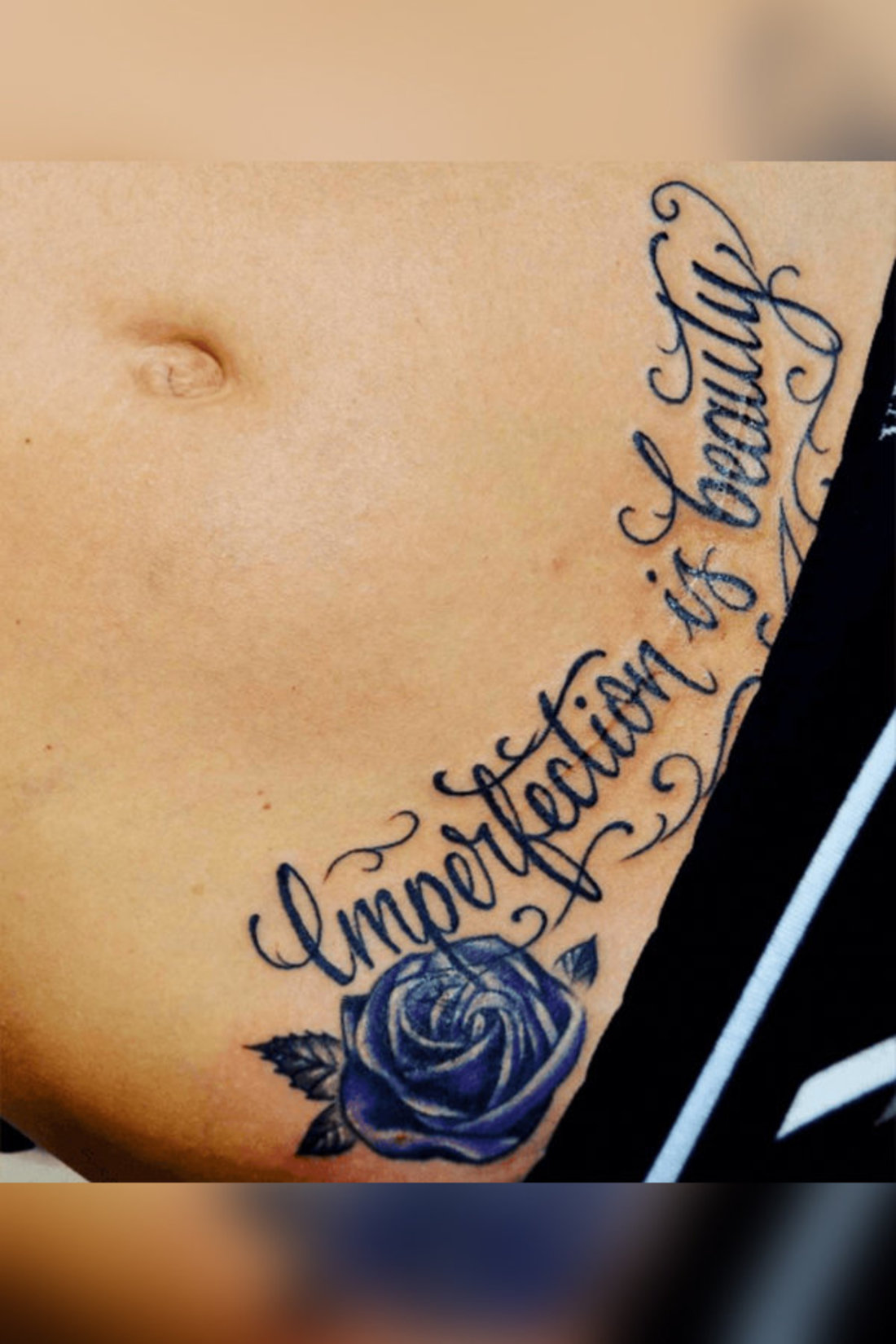
When someone cuts into your abdomen, there is bound to be pain during the recovery process. Usually, you stay in the hospital for two or three days after a C-section. You are encouraged to get up and move around shortly after the surgery because it helps the healing process.
With or without pain, you also have a baby to care for.
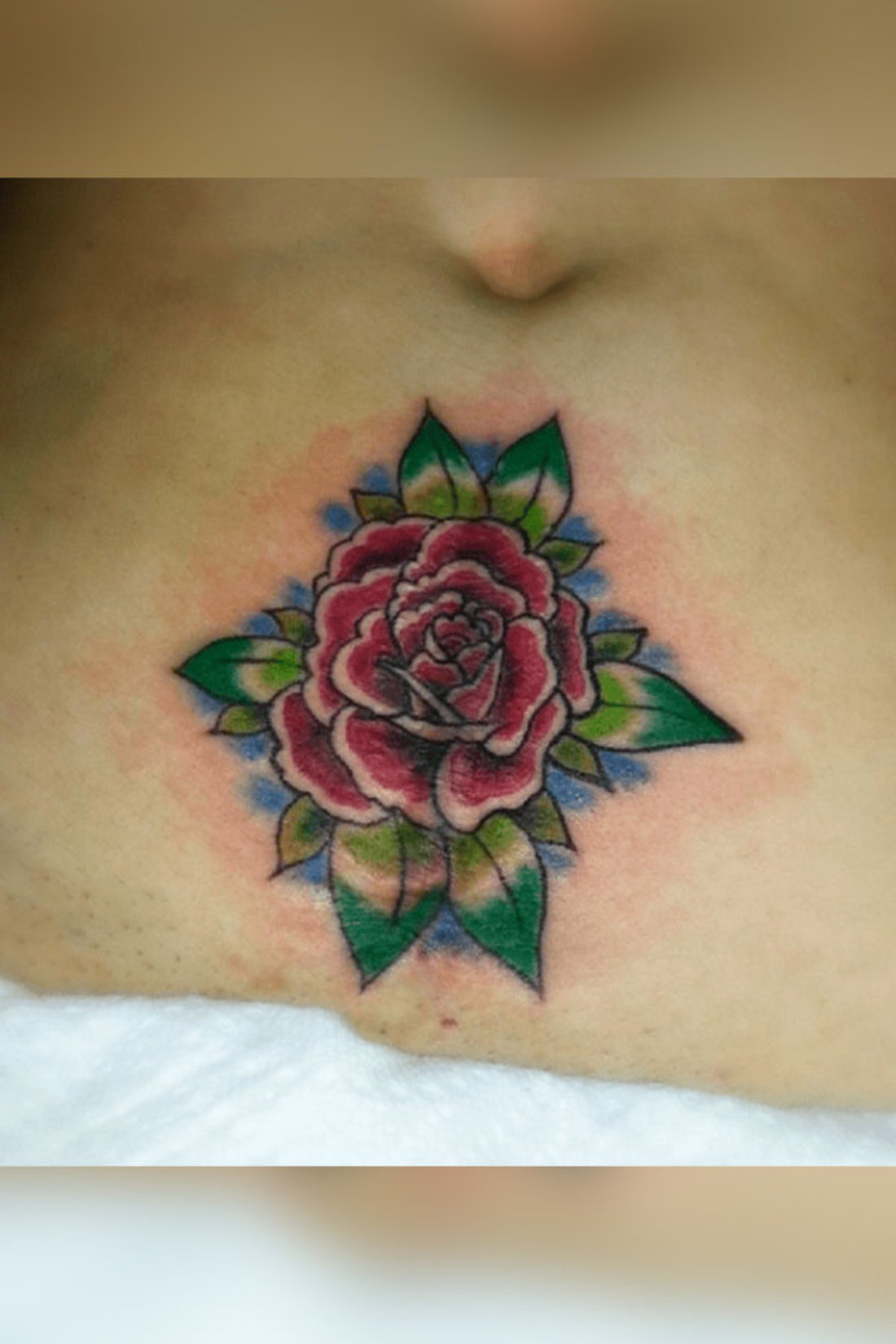
What makes C-section recovery challenging in a way that other surgeries are not is that the mother who is recovering also has a newborn that needs her care. For the first few weeks, it's recommended that you don't lift anything heavier than your baby.
Nursing can be uncomfortable.
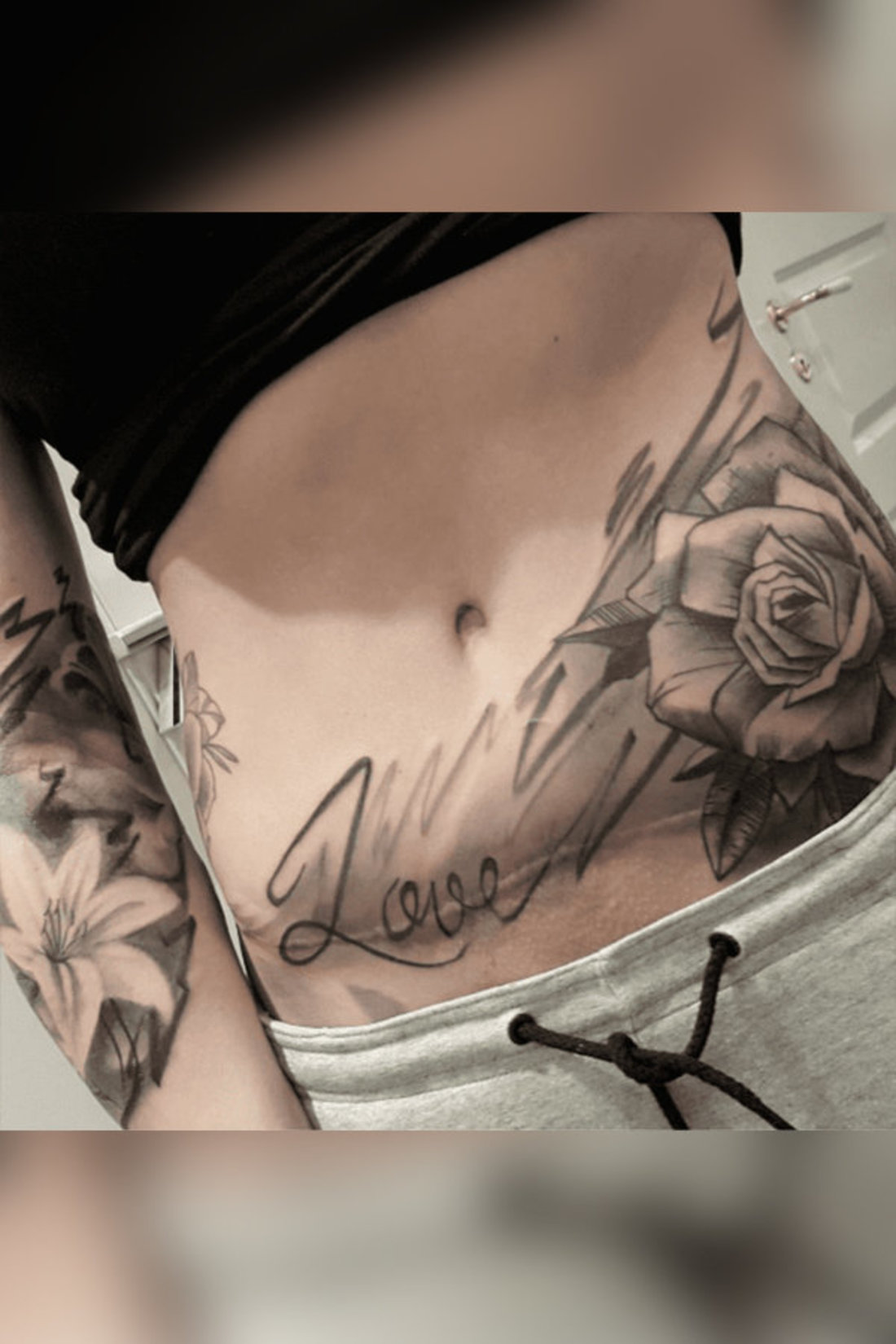
For moms who are breastfeeding, it can be difficult to find a comfortable position in which to hold your baby without feeling abdominal pain. A couple of options are the football hold or a side-lying hold.
You may end up with uneven puffiness.

After you get stitched up, scar tissue can develop unevenly and make some areas look puffier than others. Over time, it should become less noticeable, but it may not ever go away entirely.
It can take up to eight weeks to recover.
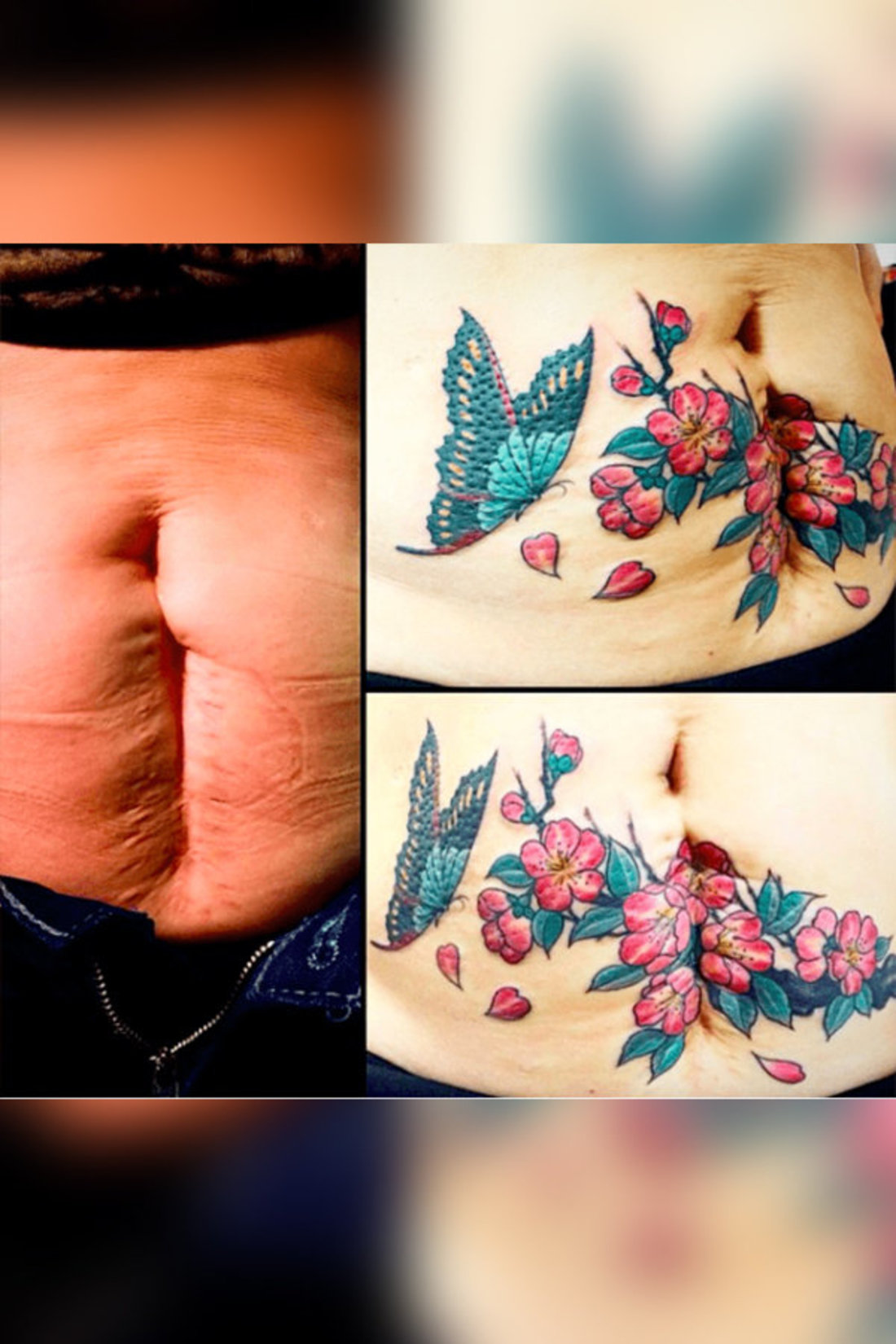
During your recovery time, you should be patient with yourself and try to take it easy. Don't be shy about asking for help. Try to set things up so that they are within reach of you and your baby.
When you're all healed and feeling strong, there's a great option.
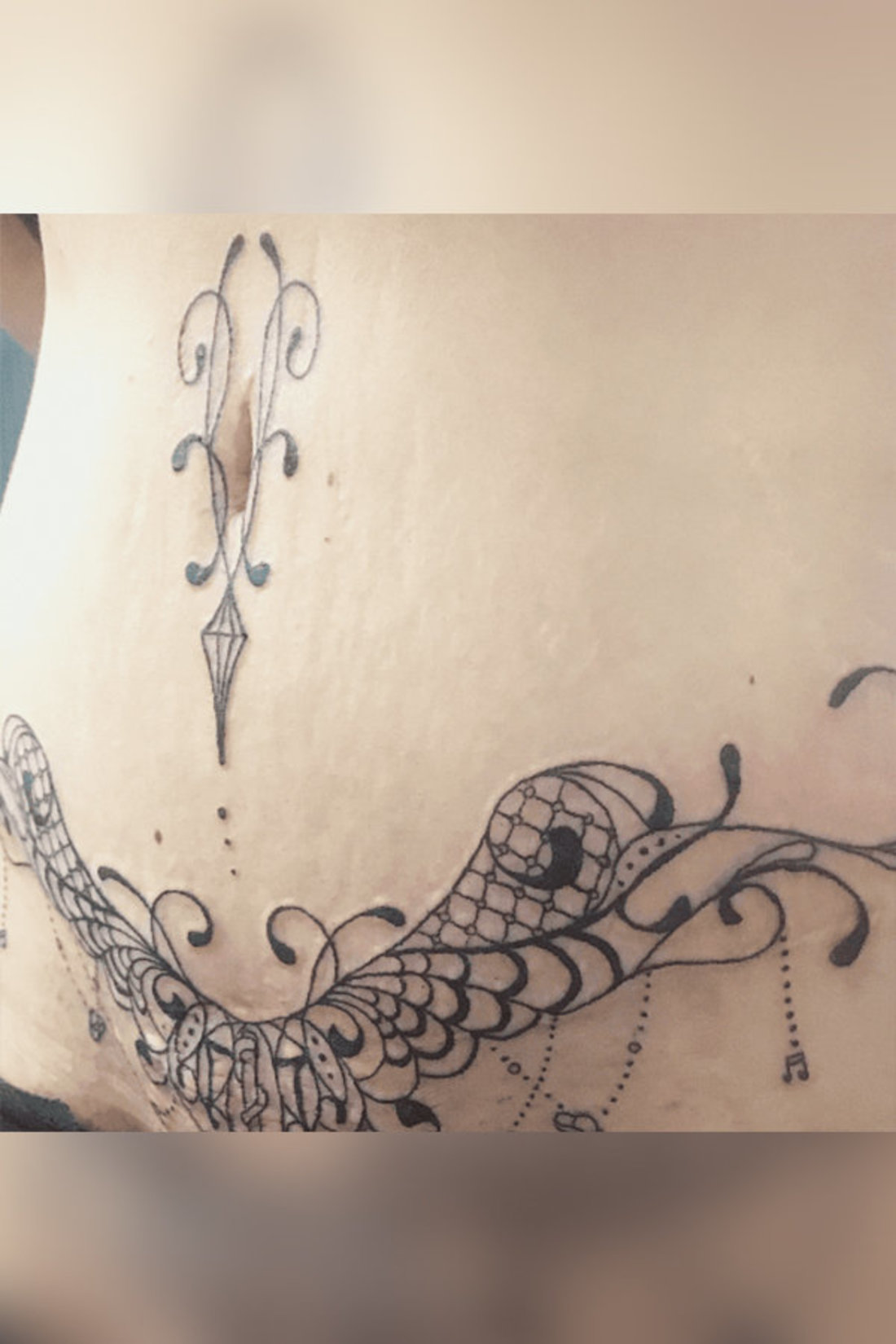
You might want to consider getting a C-section tattoo. There is absolutely nothing wrong with having a C-section scar—it's something to be worn with pride. There is also absolutely nothing wrong with wanting to decorate it if that's your thing.
Ready to pull the trigger?
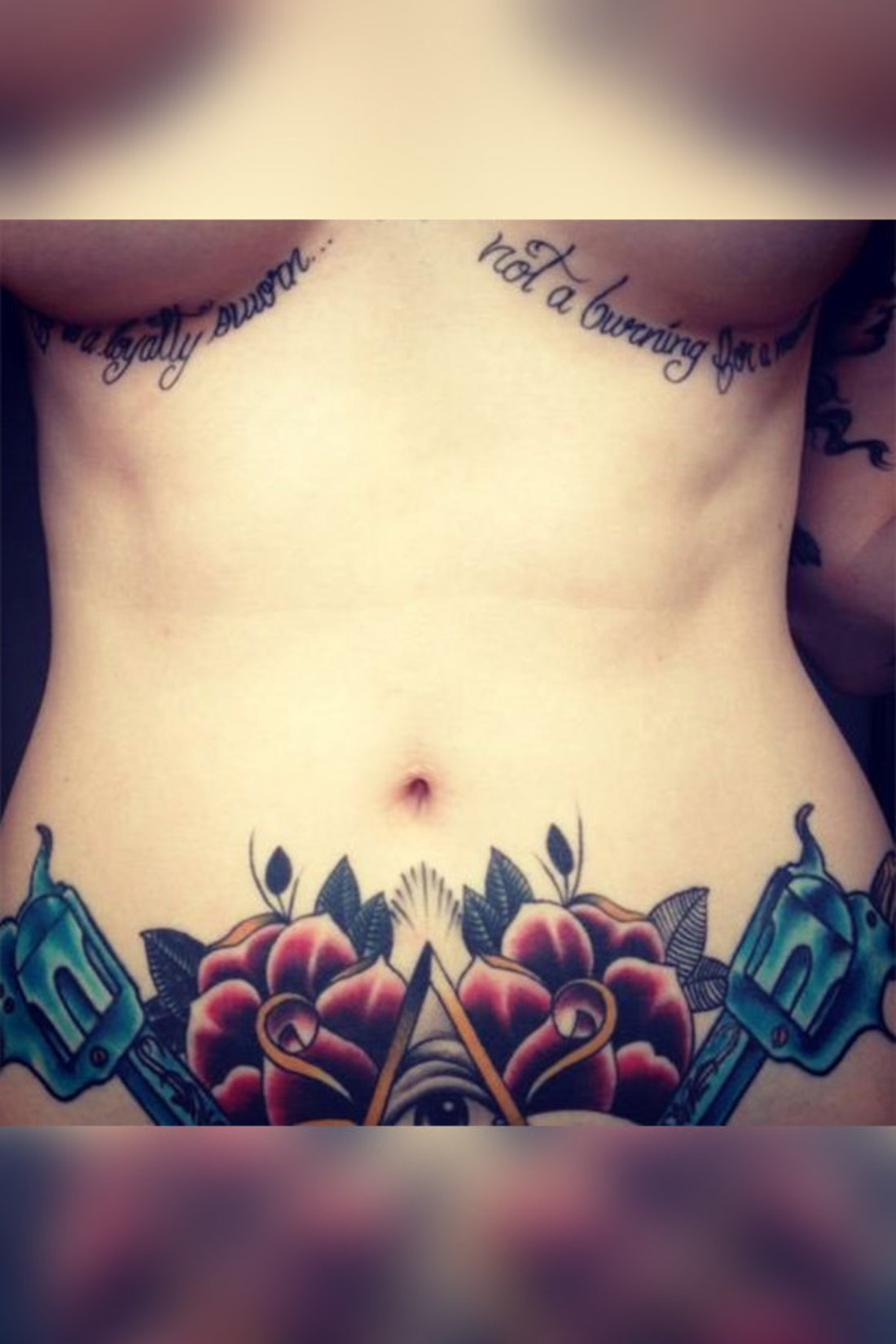
There are so many options. You can be inspired by the ones here or use your imagination to create your own design. Choose something that speaks to your heart and brings you a sense of pride knowing that your body did something wonderful.
It all depends on your taste.

You can go with something that makes you feel beautiful, powerful, reborn, or whatever you choose. It can be large like the one pictured here or it can be small and not even cover the entire scar.
You could go with something spiritual.
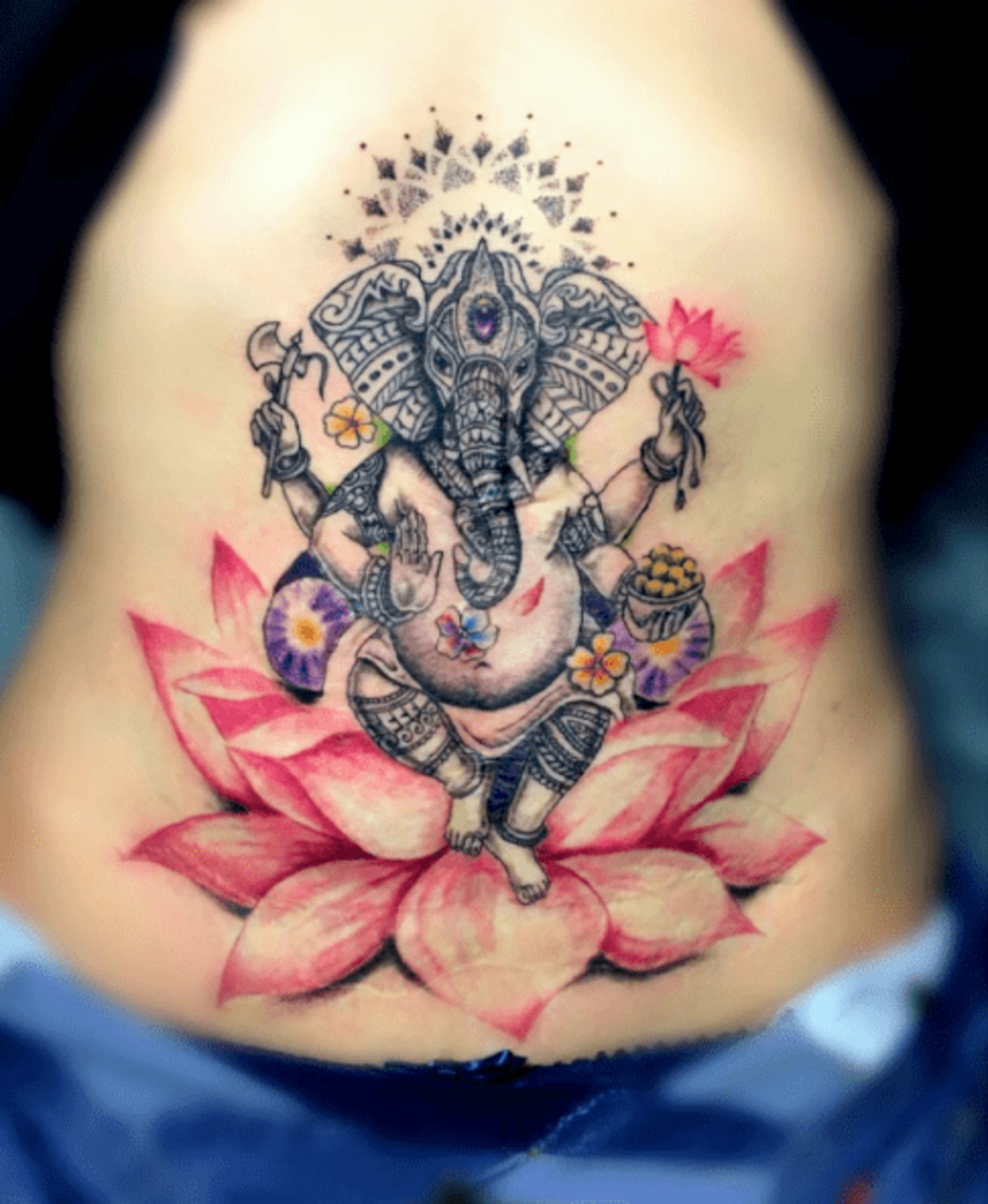
Perhaps something with a deeper meaning is more to your liking. Remember that spirituality can be expressed in many forms. If you are religious, you can look to your religion for inspiration.
Or you can go with something timeless.
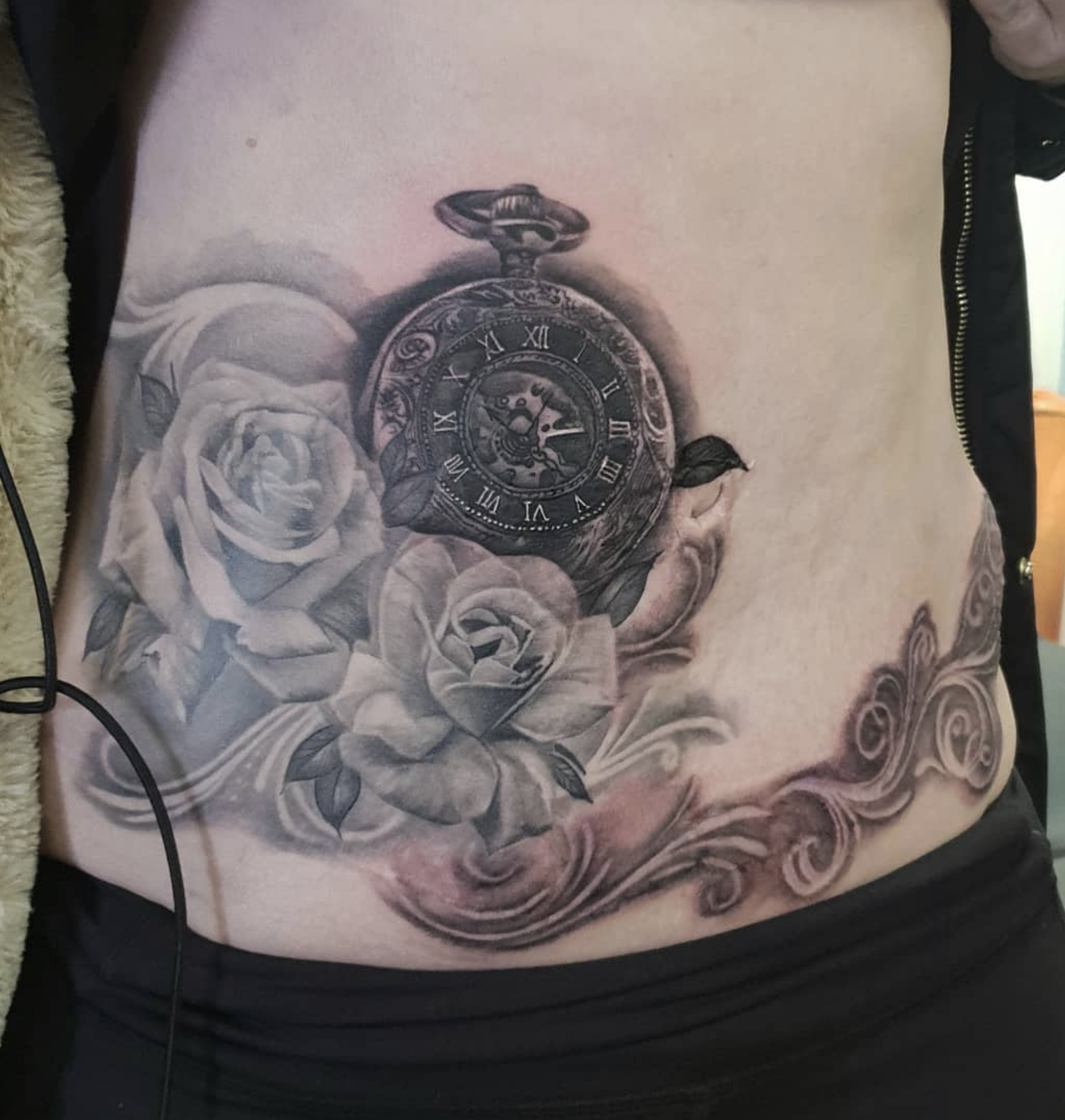
This clock motif kind of puts our time on this planet into perspective. In the grand scheme of things, we're here for such a short time and should make every week, day, hour, minute, second count.
Motherhood has a way of changing you.
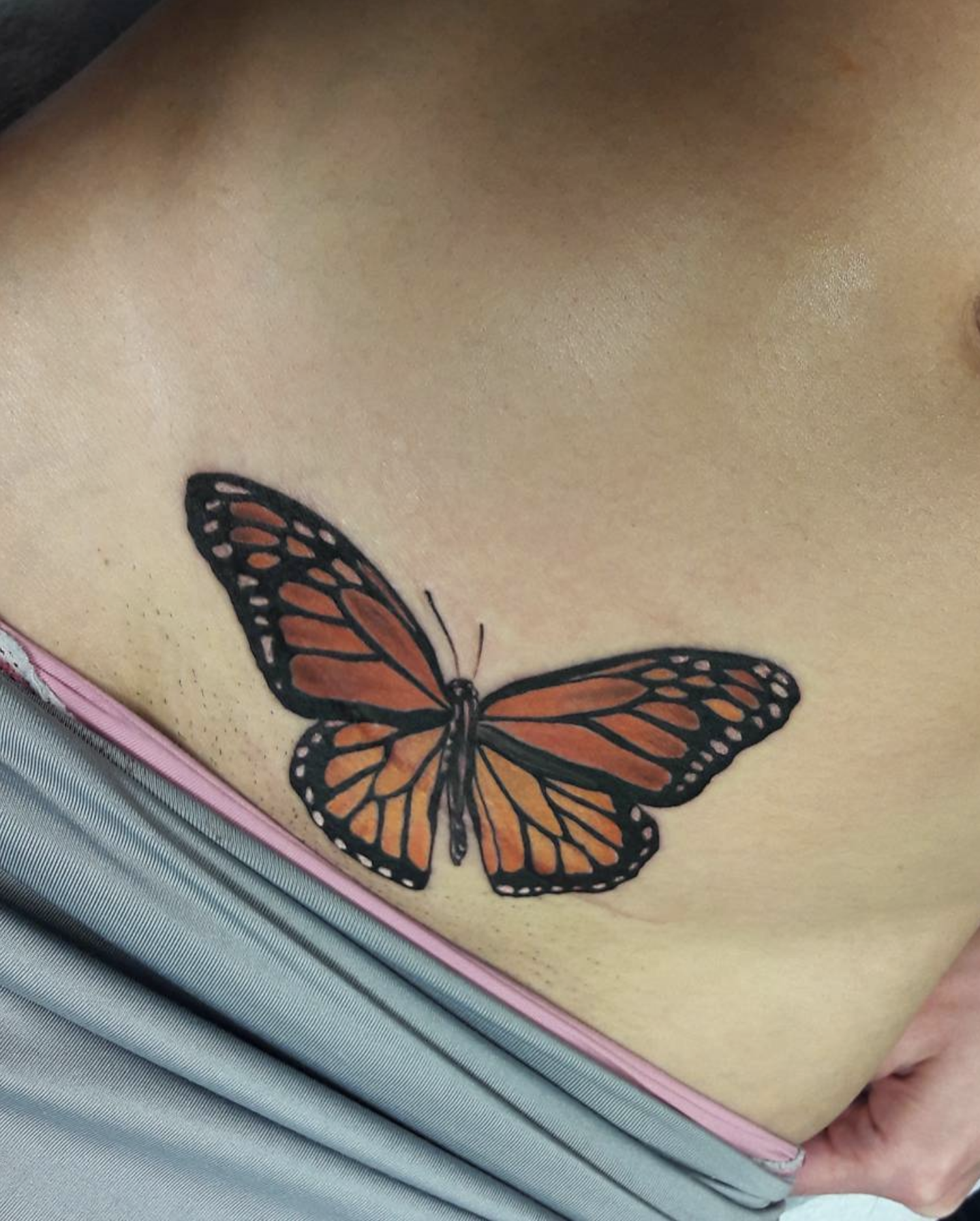
It's not just that you give birth to a child, it's also that you are reborn as that child's mother. It's a metamorphosis that isn't always easy to embrace at the beginning because change is hard even when it's good.
Your tattoo process could be extended.
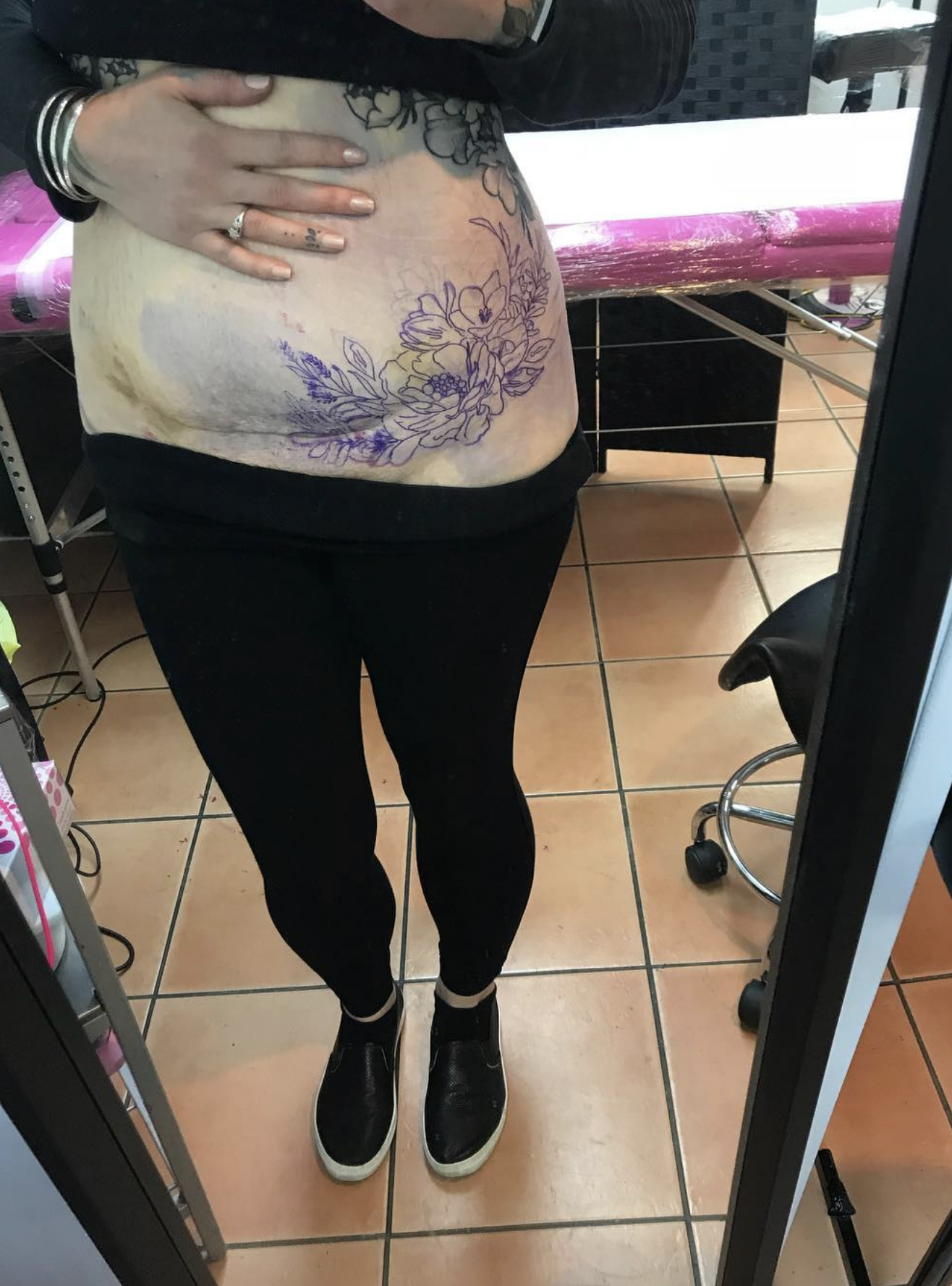
Depending on how complex your design is, you may be making multiple visits to get your body art done. It's a process that you may want to document with photographs or video that you can share with your child later.
When it's all done, it should bring you joy.
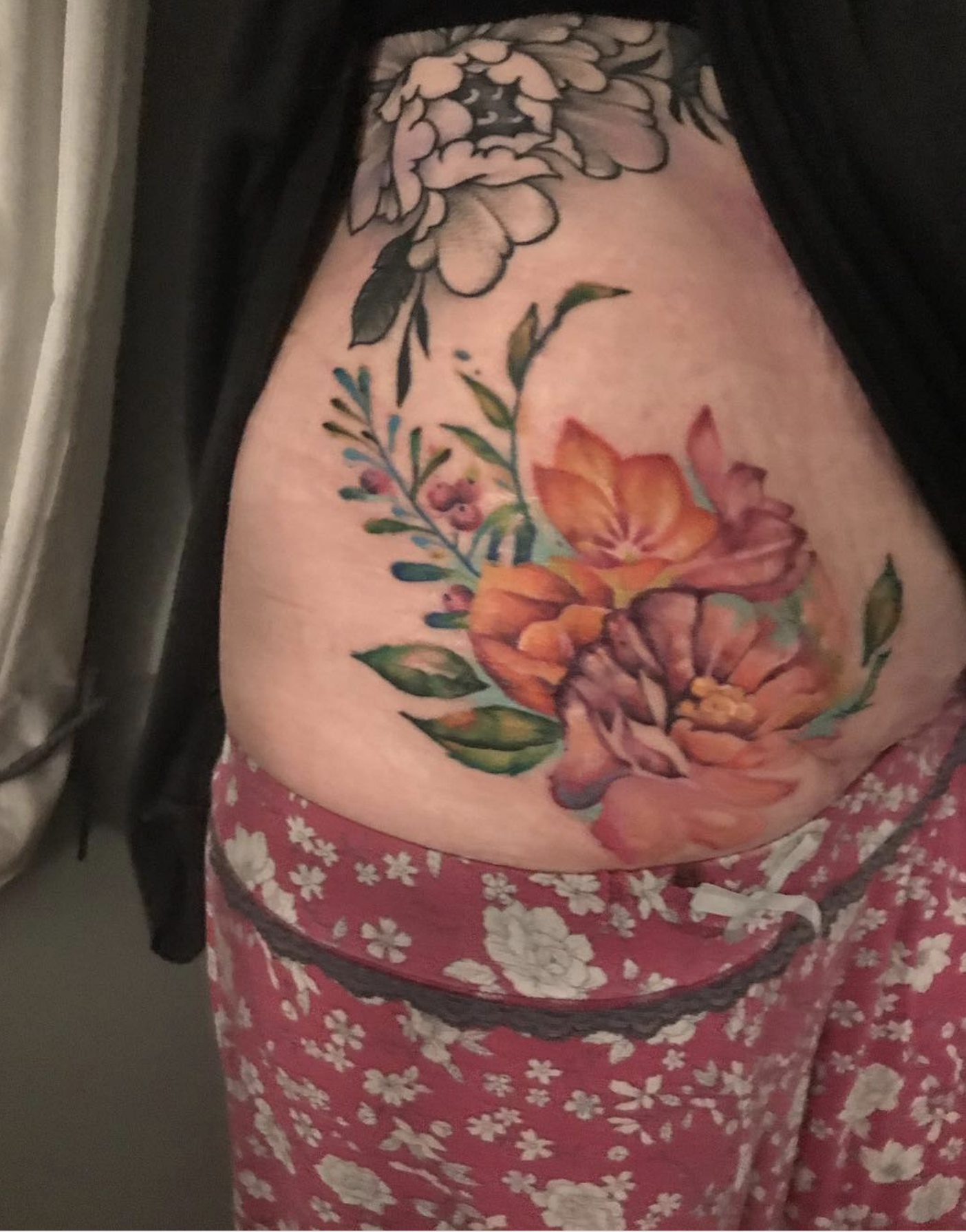
Hopefully, every time you catch a glimpse of your tattoo, you'll feel a sense of joy and pride. Bringing a life into the world is an amazing thing. You did that! Your body did that! You are mighty.
Take your time choosing.
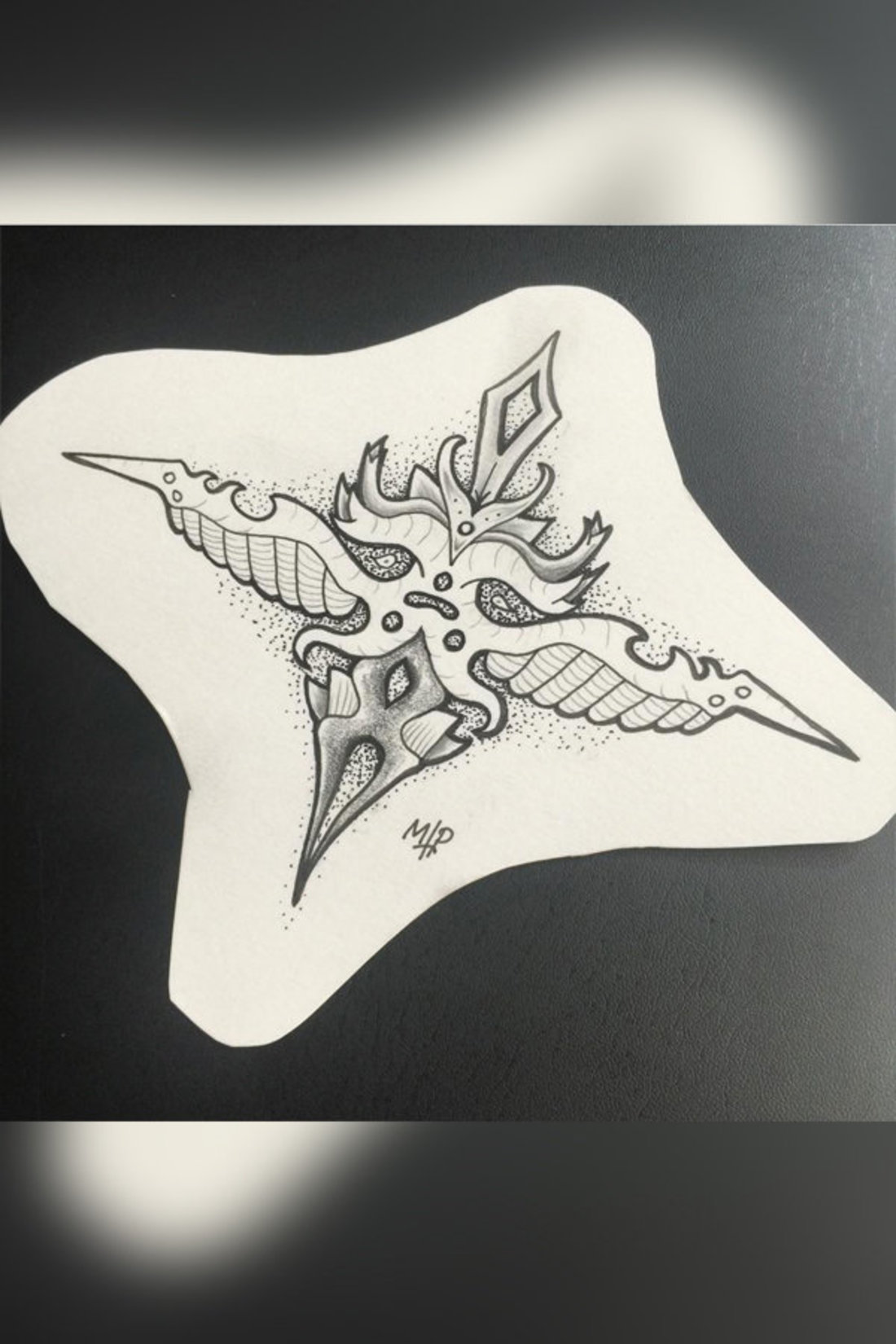
There is nothing wrong with asking for sample designs before committing to one. You can also wait years before getting one and maybe by then, you could use a drawing that your child makes as inspiration.
There is no need to rush into it.
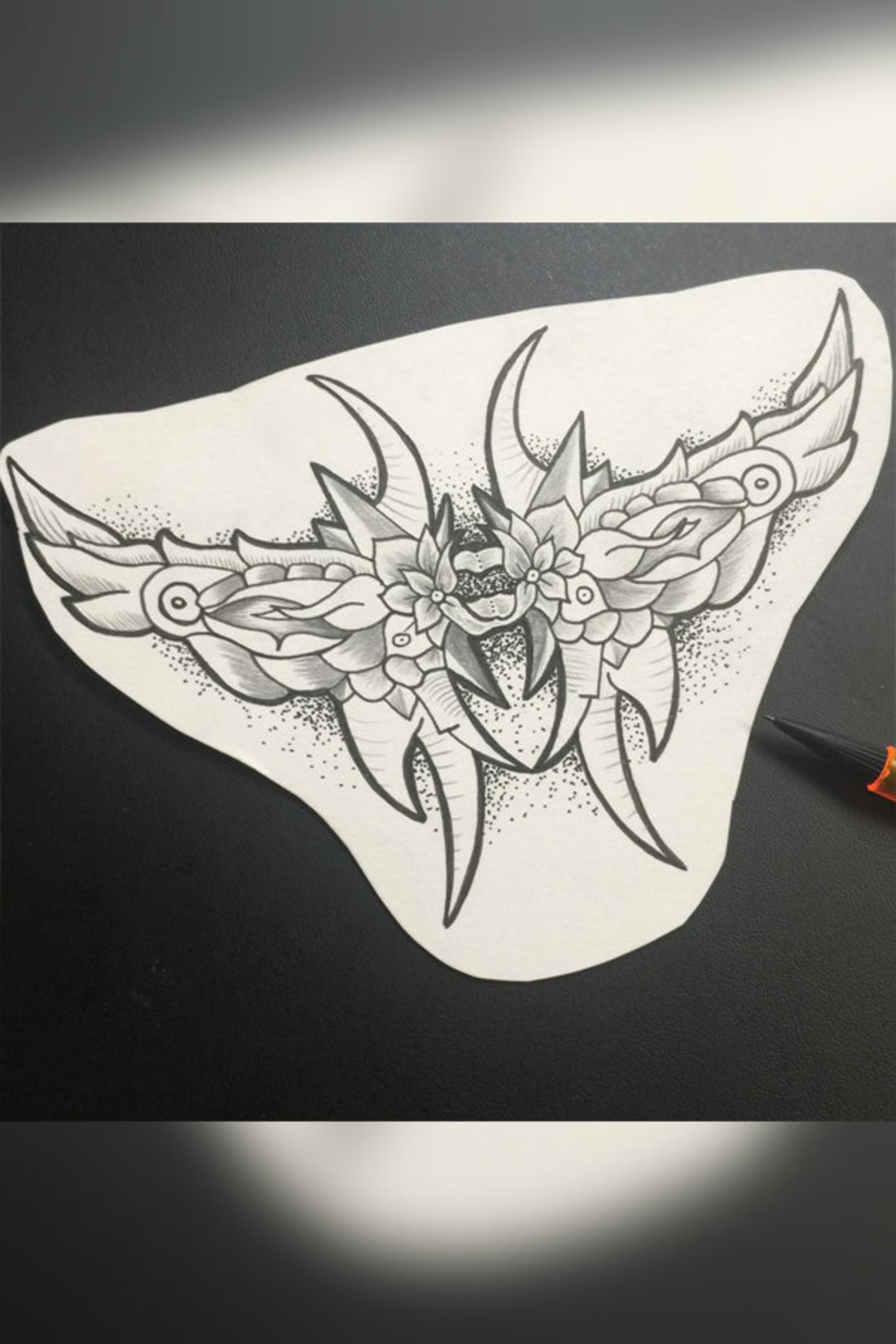
Take your time and go with something that really speaks to you. If nothing speaks to you, then wait, and keep on waiting until something does. You could also experiment with temporary or henna tattoos in the meantime.
Because in the end, it is for no one else but you.
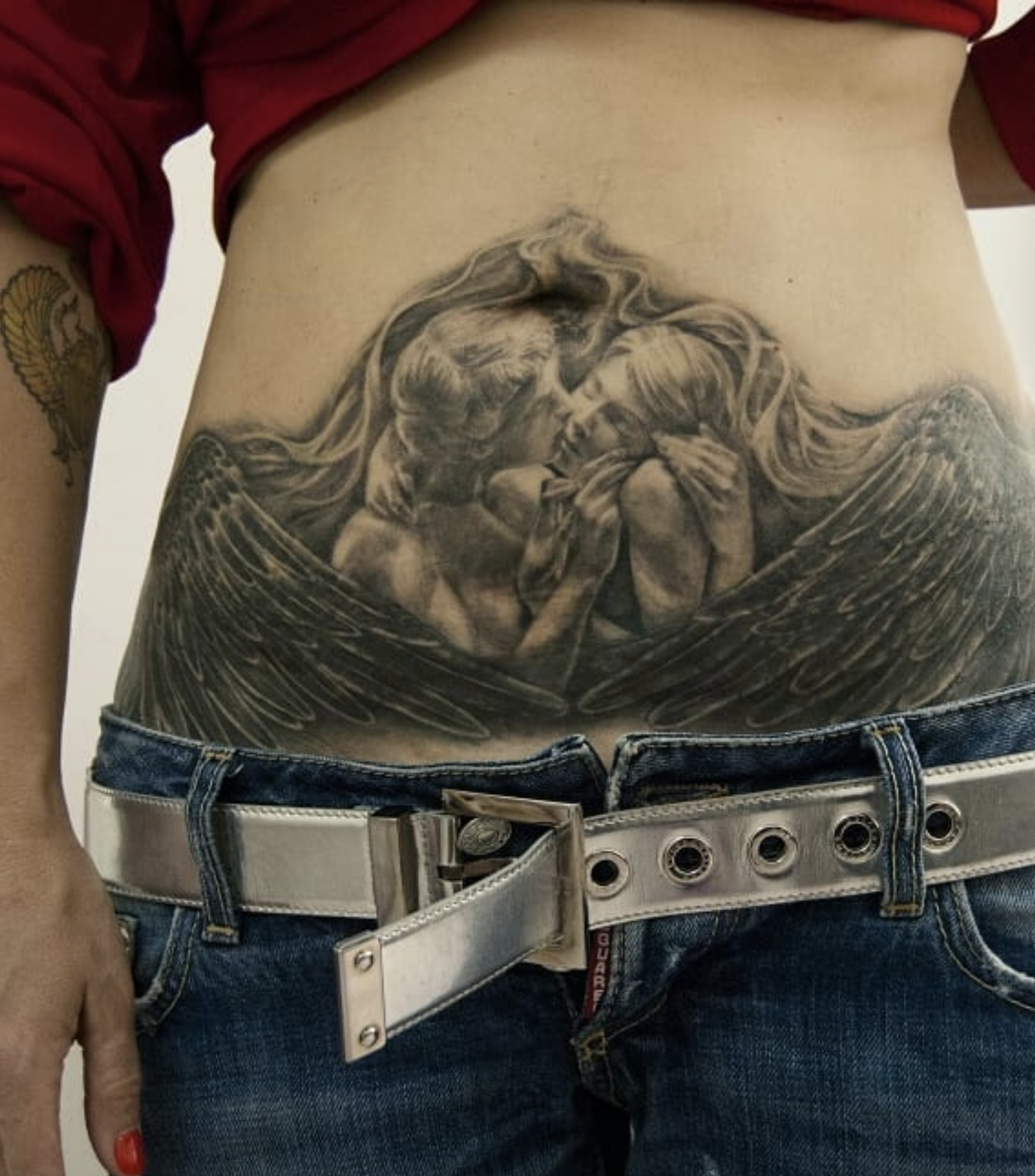
Other people can like it, love it, or hate it, but your opinion is the only one that really matters.
Think of it as a gift to yourself.
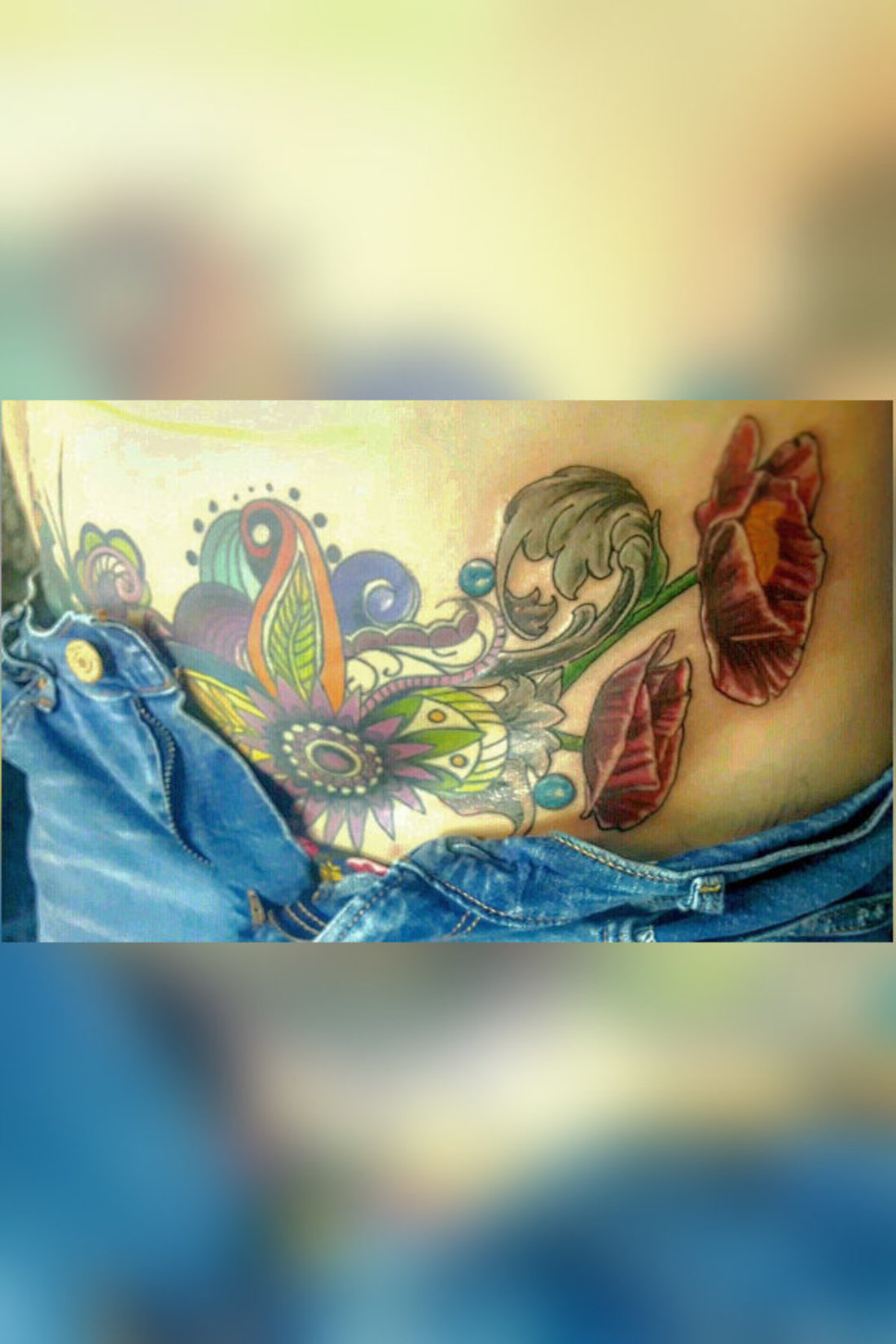
You deserve a gift because motherhood ain't easy. This is a gift that only you get to see unless you choose to share it with others. It is a tribute to your journey as a person and as a parent.
A lovely floral garland is sweet.
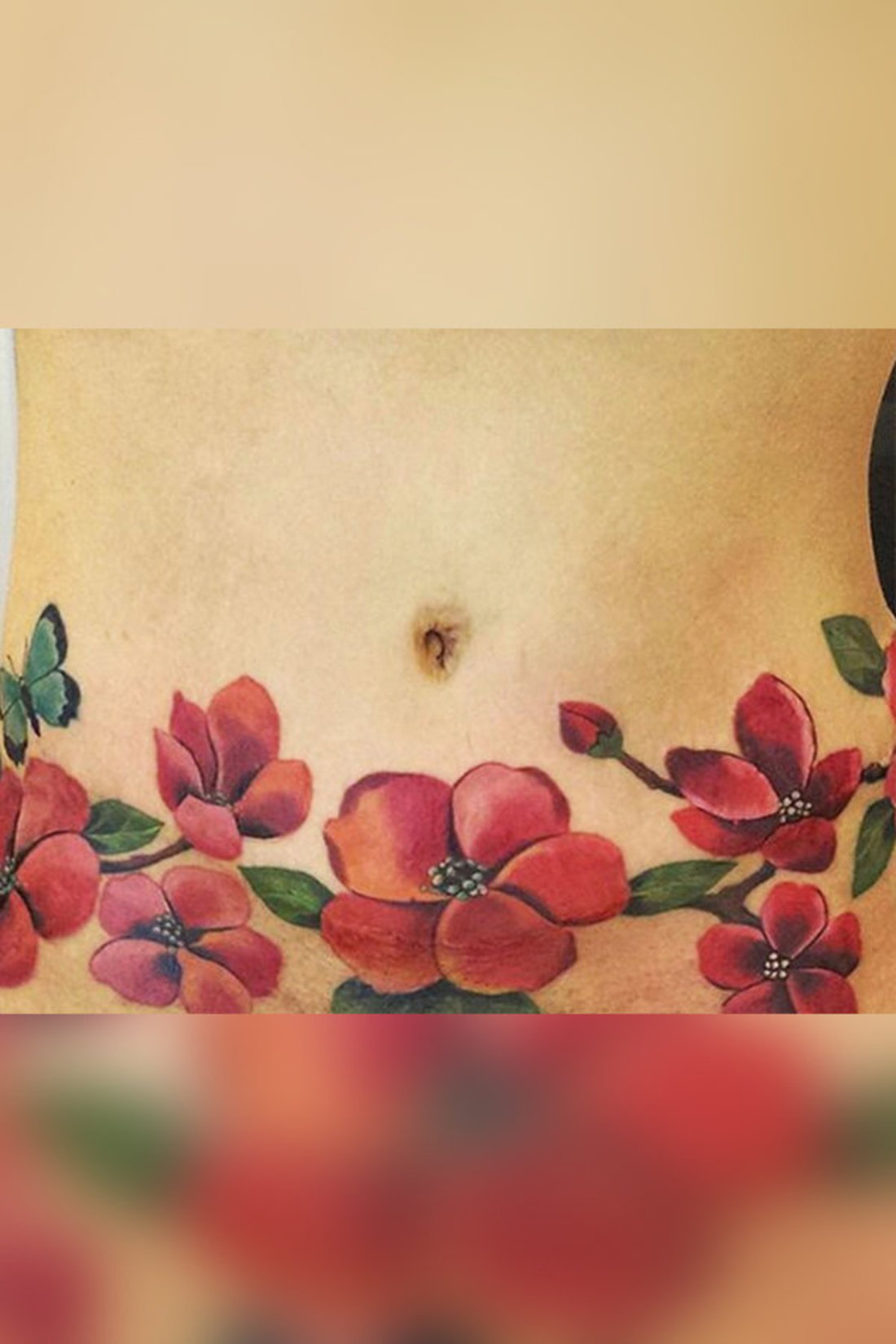
Giving yourself a permanent gift of flowers is sweet, if that's your style. The one pictured here is gorgeous, but you can make one out of whatever flower is most meaningful to you. You might even want to get your child's birth flower.
But no matter what, you do you.

It's your tattoo, it's your badge of pride. You need no one's approval but your own. It's easy when you become a mother to lose your sense of self and make everything about everyone else. This is your life and you get to be the hero of your story.
Here's one final thought.
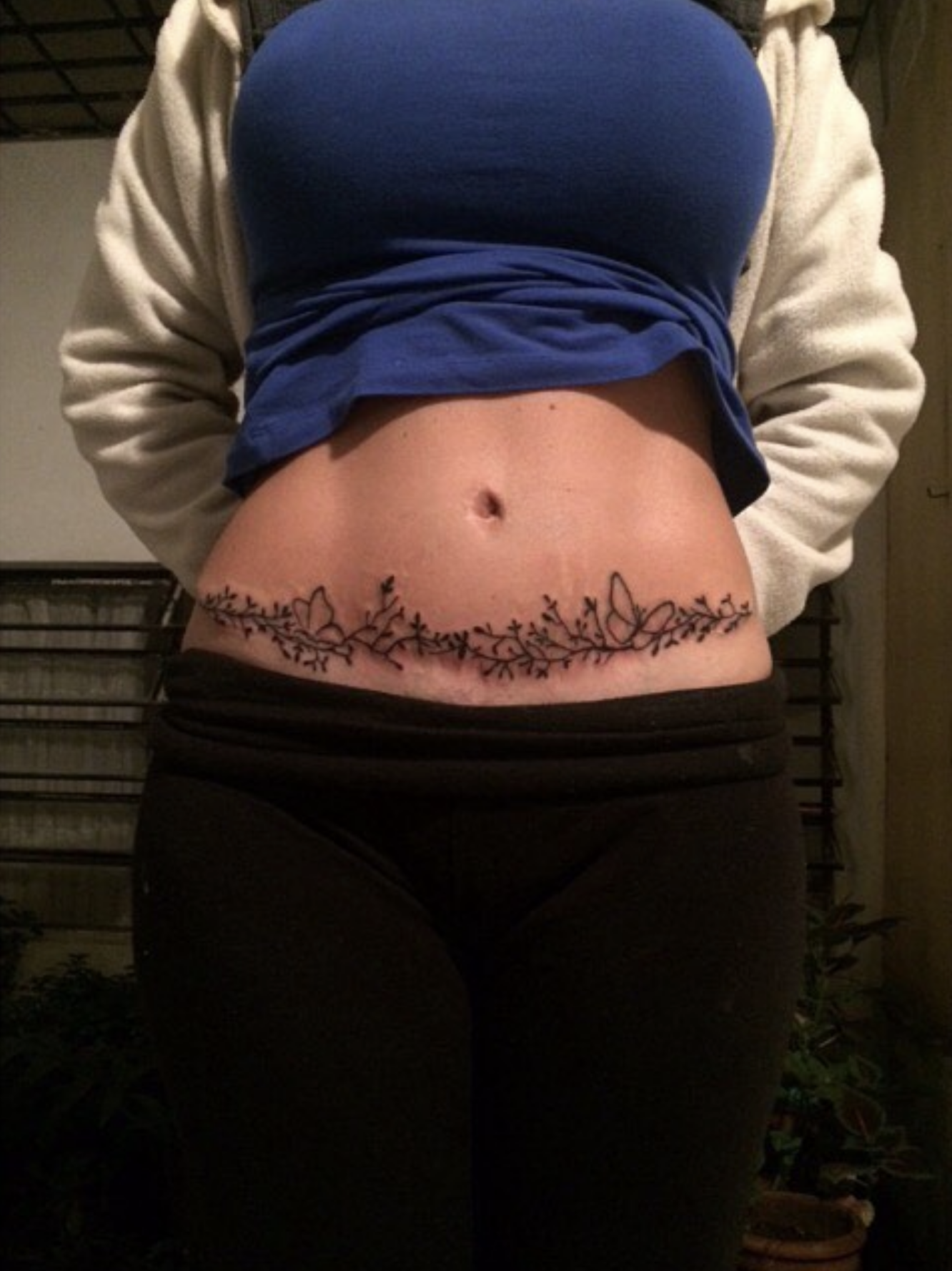
Whether a C-section scar has a tattoo on it or not, it is a thing of beauty and an emblem of strength. Never ever feel ashamed to let it be seen. Why would you hide how strong and resilient you are?

